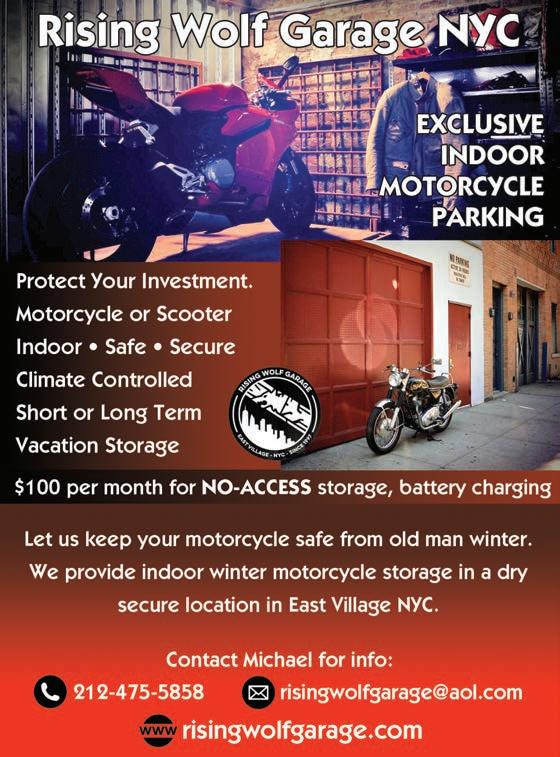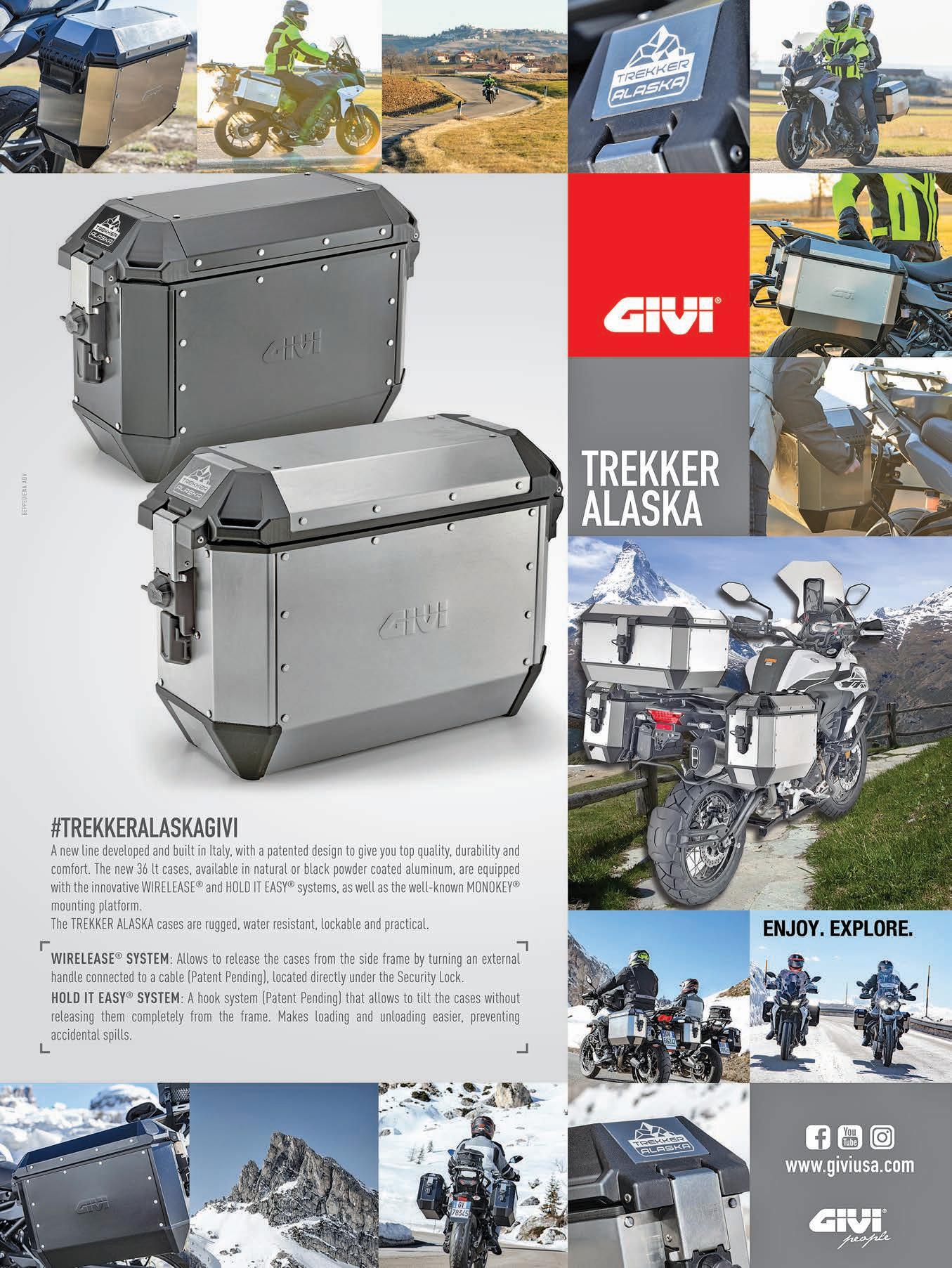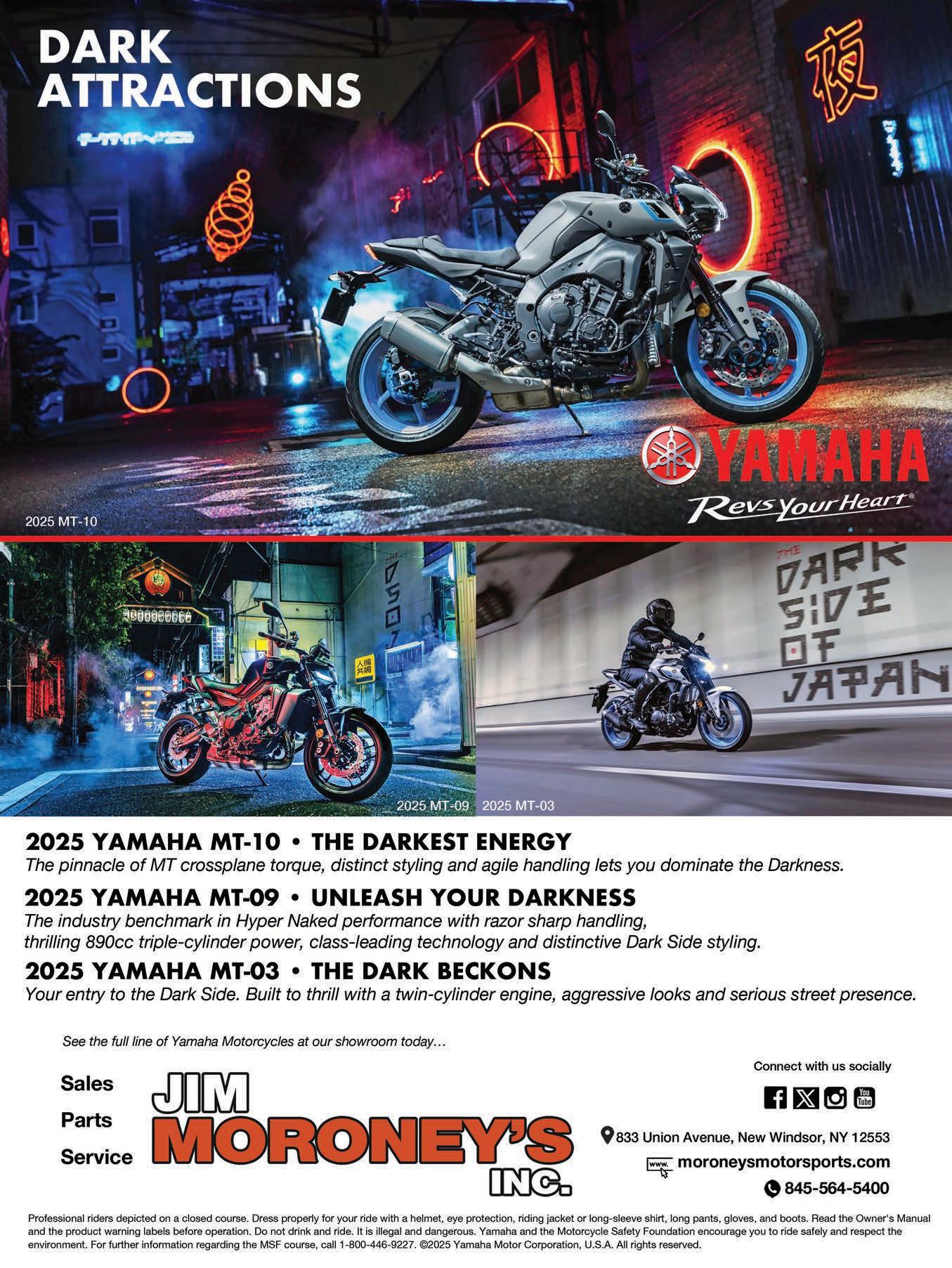


























It can be most frustrating and befuddling when you suddenly feel like you are lost. This happens less frequently for most of us these days. The advent of Global Positioning Systems and ubiquitous smartphones keep us, more or less, vectoring in the right way.
Some of this is good, some not so good. I begrudgingly use my phone… it’s more a camera that can talk and make phone calls than a phone that can take images. Personally, I think smartphones have wedged their way between people, couples, and marriages.
I have seen some follow Waze blindly – even when a quick glance at a map or road signs would clue them in on their folly.
Not that folly can be all bad. Some of my greatest rides have been when what we thought would be a route suddenly morphed into something different.
Over the years we have been blessed, some say cursed, with routing programs.
I am a BaseCamp kid. Sure, there may be some other mapping and routing programs out there, but I am familiar and very comfortable with Garmin’s BaseCamp, even if the Olathe, Kansas Company has given up on it. There are other riding friends who have never seemed to be able to wrap their minds on how this works.
To twist around a great break-up line (it’s not you, baby, it’s me) … In truth, it’s not BaseCamp, baby… it’s you. The routing system works, but how you apply and use it can differ. Some of us seem to have no issues with Garmin at all, and BaseCamp Routing, like many things - piano, guitar, or motorcycle riding - is a perishable skill. I know if I have not made a route in a bit – let’s say during the winter - I need to run through it all in my mind as I go.
Sometimes routes have to be created with deftness and attention – especially when routing through bigger towns and cities.
Although some routes work out as planned, some do not. Closed roads, gravel where pavement seemed to be promised, construction and municipal rerouting can SNAFU the best-created routes.

Some riders seem to have an ease at route creating… if not the most adventurous road, ones that will get you to your destination in a safe and timely manner. These riders were and are solid with this – and most importantly they were happy to share.
I will speak of one particular rider, who, with his wife Diane, came on so many of our Backroads’ rallies and rides.
Paul was a GPS maven – always on the cutting edge of what was new, or about to be new, and was always happy to share that knowledge.
So many of our readers depended on Paul – usually to make pre-planned Backroads routes (made by yours truly) a bit more concise, easier, and with fewer surprises (or what I call, the Adventure part of Motorcycle, Travel & Adventure).
I would be far less than truthful if I didn’t say this drove me a bit batty more than a few times… but like my brother, son, and some others in my inner circle, that I have a real fondness for, who does not make us batty at times? But those of you who have been around our rallies for any amount of time knew that if they needed a route, Paul would be happy to create one for you. He once told me it took him longer to create a .GPX route than to ride them sometimes. Me – 10… 15 minutes and done. But maybe that’s why my routes went over Mount Yourgonnadie, and roads filled with angry natives and rabid dragons.

Paul rode his final ride west a few months back, and many of us are sure that if there is a better way into Heaven, Paul will certainly find it and send it our way.
So, in the future, when one of our routes goes sideways, and you stop and have to get your true bearings, you can think of Paul and give a silent nod to a wonderful man… and carry on, my wayward son. ,
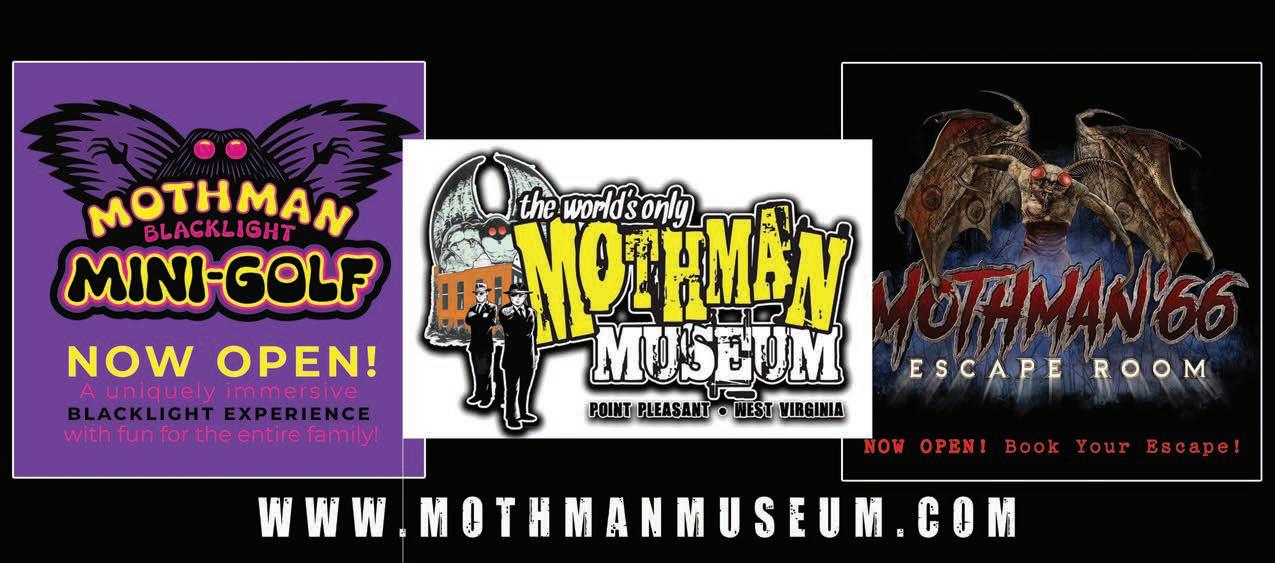
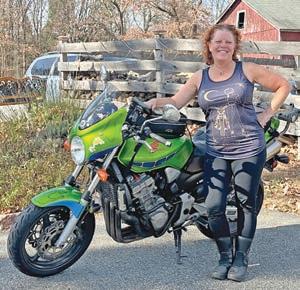
I recently read an article entitled ’50 Years of Travel Tips’ by Kevin Kelly. The opening broke travel down to two modes – R&R and E&E.
R&R was rest and relaxation; travel done to remove yourself from the routines of daily life and to engage yourself in pampering and attention not necessarily gotten at home.
E&E was engagement and experience. While this may also contain some rest and relaxation, it mainly will have you experiencing and discovering new things and entering into an adventure whose outcome is not always certain. It will be a learning type of travel.
For those who have joined us on any Backroads excursion, from a simple few days on the road for one of our rallies to a more extensive out-of-country adventure, you will know that we are surely more about the E&E than R&R. While we don’t necessarily set out with that in mind, it sometimes turns out that way. We are not immune to the oft-found tertiary ‘road’ which may very well end up in a driveway, field or edge of a cliff. We have faith in our fellow travelers that they will make an educated adult decision and figure out the correct path to civilization.
and interstates. While riding a full day’s worth of twisty, entertaining roads is always a blast, it’s refreshing to stop and take in the sights that may end as a blur while zipping by – those random historic sites, roadside markets or unusual art creations. Brian will almost always slow or stop to read the historic markers along the roads as you just never know what amusing or incredible piece of knowledge you’ll gain.
Below are some of the many tips in this article which caught my eye, made me smile or had me thinking, ‘Yup, that’s what I’d do.’

The most significant criteria to use when selecting travel companions is: do they complain or not, even when complaints are justified? No complaining! Complaints are for the debriefing afterwards when travel is over. Sketchy travel plans and travel to sketchy places are okay. Take a chance. If things fall apart, your vacation has just turned into an adventure. Perfection is for watches. Trips should be imperfect. There are no stories if nothing goes amiss. It is always colder at night than you think it should be, especially in the tropics. Pack a layer no matter what.
The rate you go is not determined by how fast you ride, but by how long your breaks are. Slow down. Take lots of breaks. The most memorable moments—conversations with amazing strangers, an invite inside, a hidden artwork—will usually happen when you are not moving.
What we do offer, should you be fool… - I mean intrepid – enough to follow our lead, is the opportunity to visit places that might not be on your radar, such as some of the off-the-beaten-track oddities that our good Dr. O’Life might suggest, or some of the small hamlets, burgs and villages that may have fallen by the wayside since traffic was moved to the larger roads
A few laundry detergent sheets in a ziplock bag weigh nothing and won’t spill and are perfect for emergency laundry washing in the sink or shower. Being beautiful, or well crafted, or cheap is not enough for a souvenir. It should have some meaning from the trip. A good question you may want to ask yourself when buying a souvenir is where will this live when I get home?
Continued on Page 9
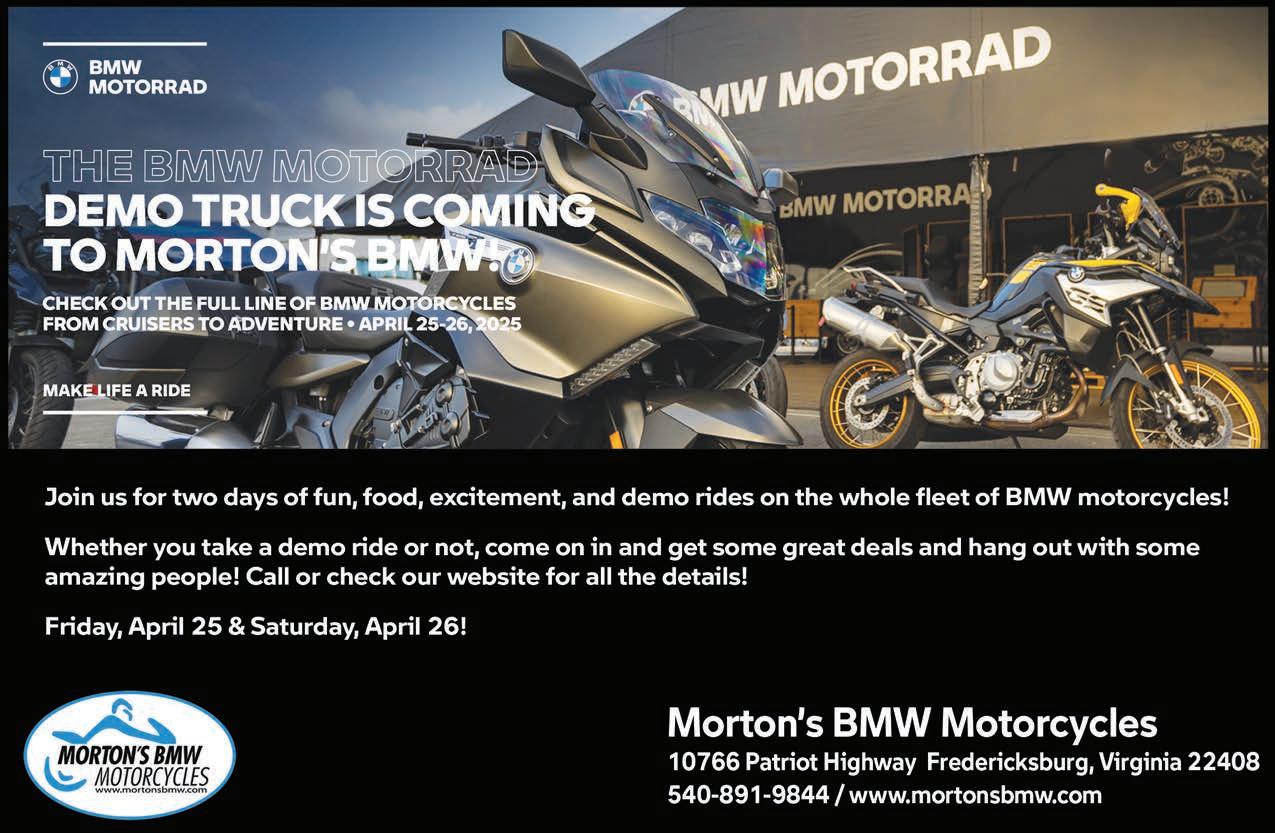
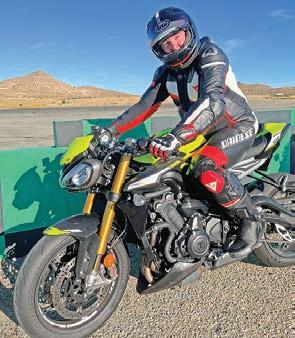
In the movie “Toy Story,” there’s a character named Sid, the misanthropic 11-year-old neighbor of main character Andy. Sid tortures his sister, partly by torturing her toys and his own. Sid’s collection of toys consists of horrendous, mutant creations like Babyface, with the head of a doll shorn of hair and the body of a mechanical spider, and Legs, an ice-fishing pole sporting Barbie legs. The cast of characters in Sid’s mutant menagerie is numerous and evoke horror and sympathy amongst the unmodified toys.

Unfortunately, there are quite a few “Sids” in the motorcycle world. I was reminded of this tonight when a friend posted photos of a low-mileage sportbike on a for-sale web site. I was initially intrigued by the tiny image on my phone until I was able to open all the images on a larger screen, where I was subsequently saddened by what I saw. Let’s set the stage by noting that the machine was lovingly designed and built by Suzuki as a liter-class sportbike, where “sportbike” implies the ability to nimbly dance around corners. What I saw, instead of a finely-crafted, maneuverable machine, was one of Sid’s mutant toys wherein the rear swingarm had been replaced by a ridiculously long one of dubious parentage. This is, unfortunately, a fairly common modification among local sportbike boys because they fancy themselves drag racers, having long ago realized they can’t ride around corners. I am not allergic to the idea of a drag-racing motorcycle, but far too many of these creations still wind up on the street. This one appears to be no exception, as it still sports passenger footpegs (!) and other items with which a true drag-racer would dispense to save weight. Clearly, this example was put together for pose value, including the chainguard on the rear swingarm with “Evil” laser-cut into the metal.
Unlike Sid’s creations, which can be done inexpensively by murdering fellow toys, it is clear that a significant amount of money was invested in the mutant Gixxer. A longer swingarm begets a longer rear brake line (in colorful stainless steel), a much longer chain, different sprockets, and so on. There were a host of things sourced from aftermarket suppliers amounting to what I imagine was four or five thousand dollars on top of the bike’s base price. None of the mods is significant enough to make the bike more competitive, either at the strip or at a “concours de elegance.”

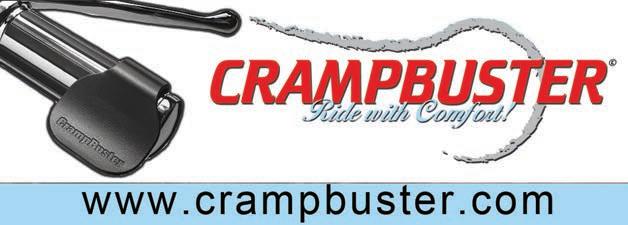
You might wonder if I am anti-modification and the answer is a resounding “no!” Most of my bikes have what I consider useful, well-chosen modifications like driving lights, aftermarket saddles and luggage for long-distance touring, flashing rear brake lights for safety, adjustable-reach levers, and so forth. I wholeheartedly believe that it’s your right to make a machine your own and nothing vexes me more than manufacturers who actively discourage that ability. The “CAN bus” has been called the “Can’t Add Nothing” bus, for example. Having to rewire a brand-new bike so the accessory sockets go straight to the battery is just sad.
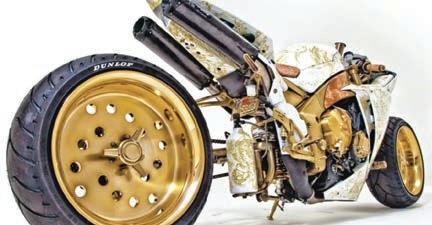
I also believe there’s a limit. When a mod changes the design of the bike so much that the original intent is lost, then maybe it’s time to consider another machine. Some mods may compromise safety and it doesn’t take much: I once rode a bike for a fella who lowered both the suspension and the pegs to the point where the maneuverability of the bike was in question, grounding out the pegs at lean angles typical of normal urban riding. I bought a bike where the handlebar risers stretched the control cables and hydraulic lines to the point of being guitar strings until I removed the risers. A local shop made a handsome living cutting through the front frames of brandnew motorcycles so they could be rewelded and a 31 inch front wheel could be installed instead of the stock one. That mod was so popular, yet sketchy, that it fostered a question on insurance forms.
The really sad thing about most modifications is that they don’t change the value of the bike. Sell or trade a bike and you’ll be offered the book value irrespective of the number of gewgaws onboard (some may actually lower the number). I wager the young man selling the bike that inspired this column is about to get a rude awakening of that nature if he can sell it at all. So, it’s not a matter of whether we can modify our machines – given enough money, we most assuredly can – it’s more a matter of should we. Consider whether the magnitude of the mod constitutes an improvement or whether it creates one of Sid’s mutant toys. It takes less than you think. ,
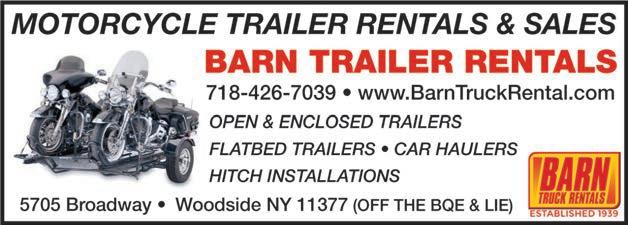
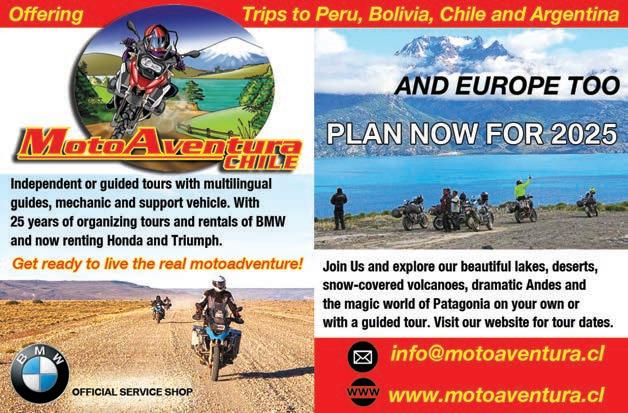
Just read February 2025 “On the Mark”, and had to get pencil and paper to make a list of the language of the street... Well written essay!!!
G. Thomas Fleming
Hi all,
Hope all is well. Quick question about the route on the 2025 spring solstice ride PA VA . I am considering making this ride on a Zero SR/F electric motorcycle. I would like to plan the route by searching level 2 J1772 charging options. My range is approx. 100-120 miles. My last trip with Backroads was in the 90’s Scranton area. It’s been a while… As always Ride safe, Pat Flynn
Pat,
Hmmm…
As of right now we have no planned routes…but I totally understand your issue, and need.
The Level 2 charging systems – like the ones I see at Malls and such, I would think, right?
The issue might be if you are riding mostly Backroads , the chances of crossing such a charging station diminish. I did find this site – you are probably aware of it. afdc.energy.gov/fuels/electricity-stations
There is a charger .2 mile from Shippensburg Hotel, a charger is 1.1 miles away from the hotel in Staunton, and I think The Cork Hotel has its own Level 2 Chargers…How Full Service are we?
Hello,
I’ve recently become a subscriber after winning a subscription at last year’s fall Motomarathon in Vermont. I’m enjoying reading the magazine and, at some point, would like to learn more about options for contributing stories.
My reason for writing this morning is to inquire about the rally route. I noticed the ad for it in the March 2025 issue and it’s appealing to me. I live very close to Staunton and would enjoy riding up to Shippensburg and riding with you on June 20-21. My only concern is that I ride an H-D touring bike that is fine for back roads as long as they’re paved. Will the route for the rally include any off-roading or roads with loose gravel? If so, I’d probably skip it. Finally, what is the registration process (assuming the route is limited to paved roads)? Thanks!
Larry Goldstein
Loved Brian’s “The Family”! I started riding at age 15, selling motorcycle articles at 35, and I am still riding and writing at 85 -- with a book review in the January Backroads. Which means The Family is probably pretty large. The many Earth People who keep in touch with me are a pleasure, but I’d rather read about motorcycling than grandchildren.
Clement Salvadori
Brian:
Hi, I hope all is well with you and Shira. February’s Free Wheelin’ rang completely true to me. Back in the day when I was planning routes for Sport Touring MC, great music was just the analogy that I had in my head as I composed a route. You needed to use changes tempo and pitch to build to a crescendo and then have some sort of release, then take it to the
bridge and do it again until you’re ready to wind it up with a coda. Not so long that people get bored, but not so short that there’s no sense of completion.
Let me know if you ever get out to the Bay Area.
Jon Kadis
Jon,
So great to hear from you... I’m glad you liked the February FW - nice to hear from the man who showed me what ‘Backroads’ really were so many decades ago (sorry... I can’t believe I had to write ‘so many’ - ouch, that hurt!).
I learned from The Best!

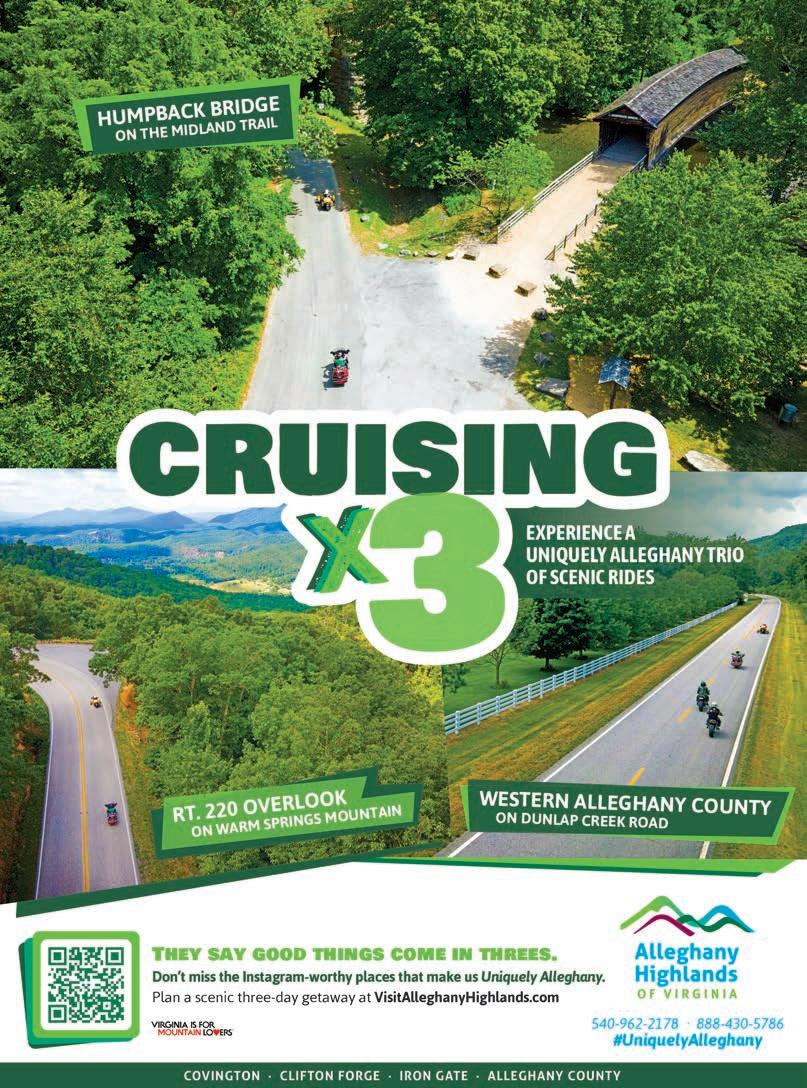
Pirelli has signed a five-year contract to be the sole tire supplier to the MotoGP World Championship. Pirelli already supplies the tires for the Moto2 and Moto3, but starting in the 2027 season, it will also supply tires for the premiere class as well as the electric MotoE championship.

Pirelli will become the official tyre supplier to MotoGP from 2027. A new five-year contract until 2031 inclusive, currently being finalised, will coincide with a new era for the sport as new MotoGP bikes and technical regulations debut in 2027.
Pirelli currently supply Moto2, Moto3 and much of the Road to MotoGP. Now, their presence in the sport will expand to the pinnacle of racing, MotoGP, and into MotoE™, the electric World Championship.
Michelin will remain the exclusive supplier for MotoGP and MotoE until the end of the current technical regulations, at the close of the 2026 season.
A new study from the Insurance Institute for Highway Safety (IIHS) recently indicated that reflective clothing — which typically aims to make riders more visible to drivers — may hinder the ability of automatic crash prevention systems to detect motorcyclists and bicyclists.

The study looked atthe effects that visible and reflective clothing have on the performance of automatic emergency braking systems in three 2023 car models — a Honda CR-V, a Mazda CX-5 and a Subaru Forester. It was found that the CR-V and CX-5 hit the dummy 84 percent and 88 percent of the time in their respective trials, and neither model slowed at all when the dummy was clothed with reflective strips on its limbs. The Forester performed much better, however, avoiding collision in all but one trial. Using multiple trials to test each control variable, an adult-sized dummy was clothed in different outfits — including a black sweatshirt and pants, a reflective jacket with black sweatpants, the black sweatshirt and pants with reflective strips added to the dummy’s arms and legs, and a white sweatshirt and pants. Various scenarios were also tested in this study, with the vehicles traveling at 25 miles per hour with no roadway lighting, 10 lux of illumination and 20 lux of illumination.
It appears that the East Coast is still not ready for motorcycle lane sharing. While a New Hampshire lane sharing bill was introduced last month, after public hearings it did not take long for the committee to declare the bill “Inexpedient to Legislate,” effectively ending the effort to legalize the practice. New Hampshire appeared to be following the lead of other states, such as Oregon, Colorado, and others, in permitting motorcycles to filter between lanes of stopped or slow traffic at a speed slightly higher than that traffic. Every state that has legalized it (except California, of course) has taken this more conservative approach, recognizing that it is safer for motorcycles than the risk of getting hit from behind in stopped traffic. However, the New Hampshire State Police, a powerful voice when it comes to traffic laws, strongly opposed this, citing safety concerns and existing fatality statistics. (It would be interesting to see how many of those fatalities were from getting rear-ended by an inattentive driver while stopped in traffic, the situation
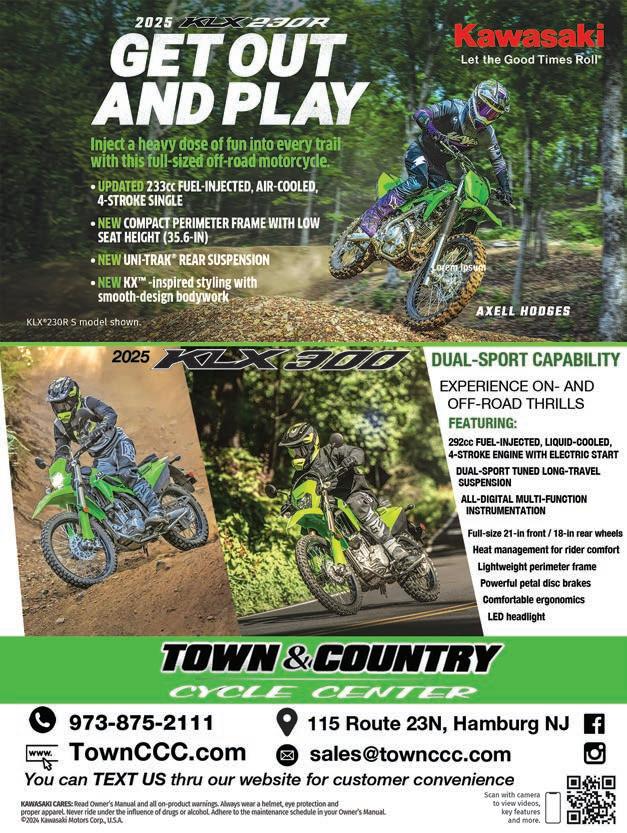
BACKROADS • APRIL 2025 Page 9 that legal lane filtering would solve.) We don’t know for sure whether this is the argument that swayed the committee or not, but in the end, the existing law remains, which explicitly forbids riding between lanes of traffic.
The first edition of the Conference on Motorcycle Sport Communication in Europe took place in February at the prestigious Hotel Mediterraneo in Riccione with the aim to share and deepen experiences and methods of communication.

With the primary aim of deepening and refining communication practices, the event provided a valuable opportunity to address the challenges faced by media professionals in covering motorcycle sports. Participants gained fresh perspectives on enhancing media visibility and audience engagement through workshops, panel discussions and networking sessions.
The day started with the institutional presentations from the FIM.Then, the stage was taken by Communications Managers where, speeches, questions, and discussions, the session provided a real opportunity to spark a debate on the possibilities and needs of communication specialists. In the afternoon, the focus shifted to AI and its influence on motorsport communication. An analysis of opportunities and risks was addressed from the photographic and journalistic points of view. The AI topic has been further introduced and explained by experts in innovation and digital transformation. The growing influence and use of AI in the work environment, with its legal consequences and aspects, was presented by attorney Alessio
Santoriello, Head of the Italian Chapter of the Global LegalTech Hub. The exchange of knowledge and expertise at the Conference has been invaluable, bringing together professionals from different backgrounds and regions has allowed participants to develop a more unified and forward-thinking approach to communication in motorcycle sports.
WhaTchaThinkin’
Continued from Page 5
If you are and have been reading Backroads, I can guess that you most likely are a traveler rather than a tourist and that you like adventure on some level. No matter which you choose – R&R or E&E – get out there and explore new places, experience new cultures, meet different people and sample cuisines that may be outside of your comfort zone. We have quite a few ‘sayings’ around our house but one of my favorites is ‘Life isn’t about waiting for the storm to pass, it’s about learning to dance in the rain.’ Enjoy life, laugh a lot, and make the most of every adventure. ,
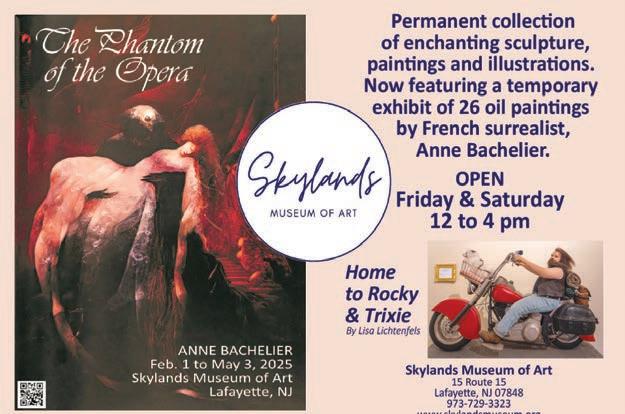
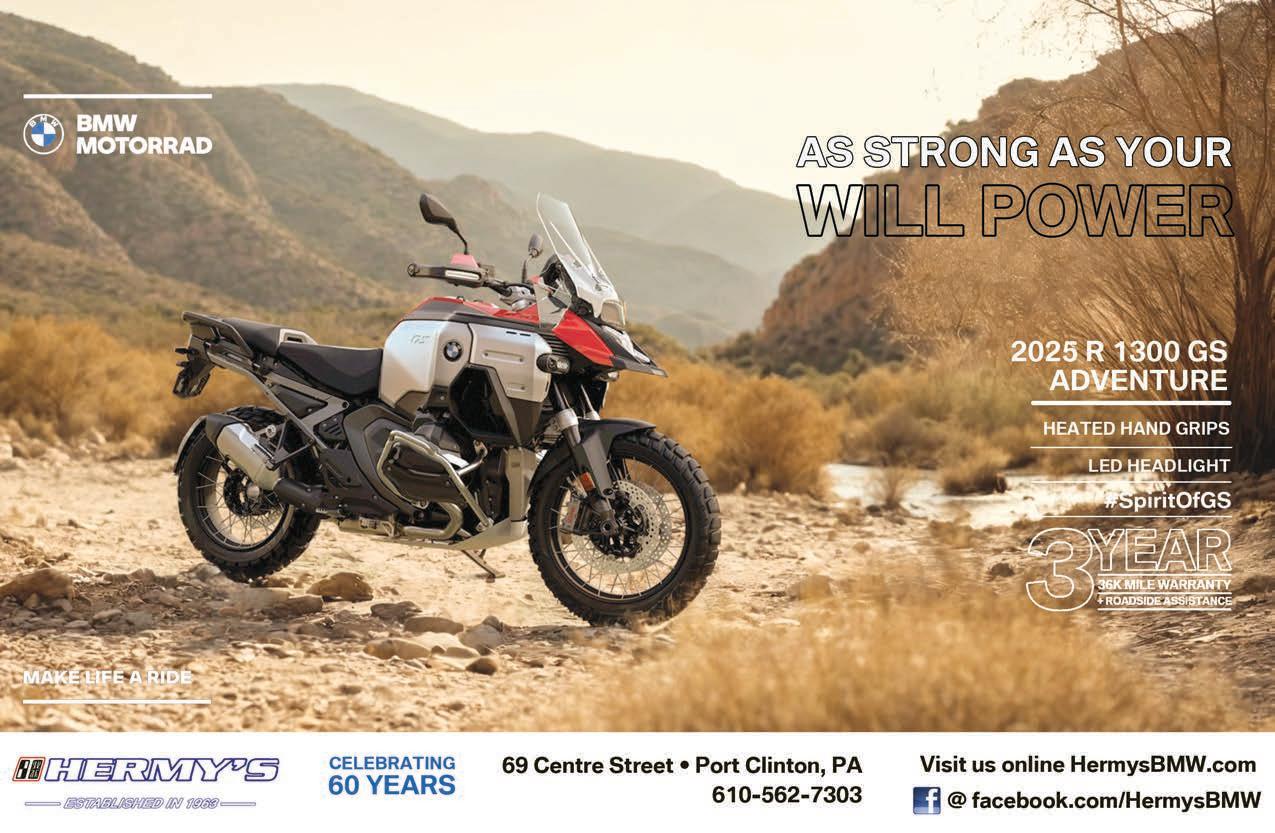
Dinosaur Bar-B-Que
99 courT sT, rochesTer, nY 14604
585-325-7090 • dinosaurbarbque.com
We have featured this Bar-B-Que a number of times, as over the years they have spread out and across New York State – with six locations from Harlem to Buffalo and sprinkled in between.
The great part of this is, like a few of our favorite BBQs (Geoff we love ya), it started with riders.
Back in the day - we have no real desire to spin that stupid date wheel anymore – founder John Stage and some buddies were looking for good… NO GREAT… food while riding their motorcycles. There was a gathering in Albany of Harley riders and they built a concession called The Dinosaur – after one of the partners and in homage to Hank Williams’ song.
The Dino and crew continued, traveling through the northeast for biker events, fairs, and festivals.
About five years later the first Dinosaur Bar-B-Que opened its doors in Syracuse, New York – a few years later we rolled into the door and filed The Dinosaur as a “keepa!”
John is very much the gentleman too – after our first feature he sent us a copy of the Dinosaur Cook Book. We might be somewhat known for this half-ass magazine – but we can cook. This book is a Bible.
tasty places to take your
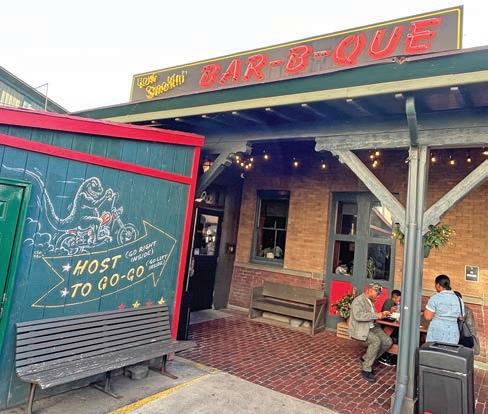
Since our first visit, The Dinosaur has kept the word extinction off the menu – this place lives and lives with ferocious flavors and flair. This time around we were riding through the northwestern part of New York and overnighted in the very cool city of Rochester.
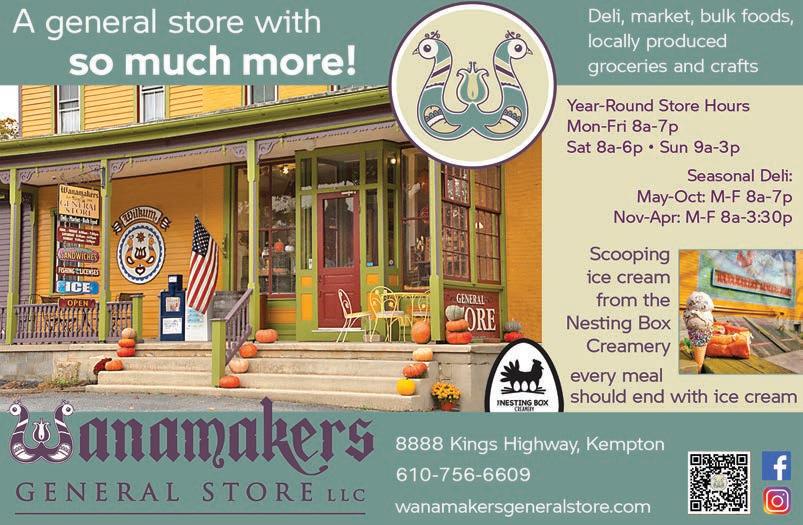
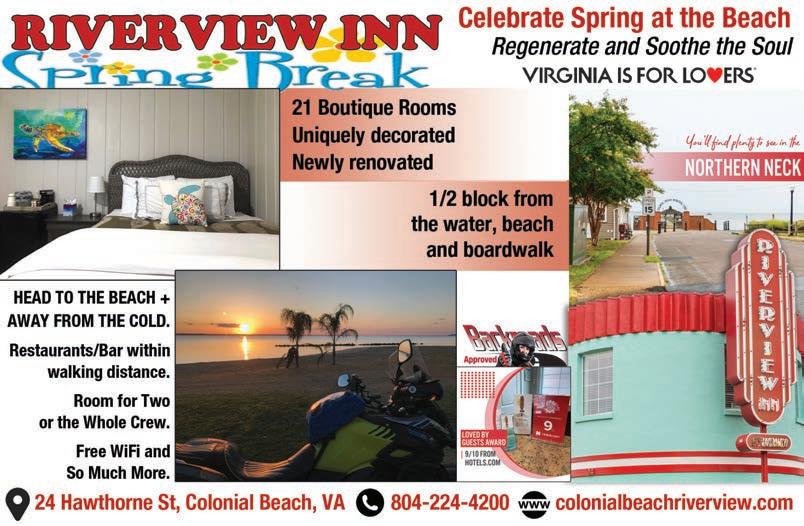
The Dinosaur opened at a former Lehigh Valley Railroad Station, right on the Genesee River, and has been here ever since. Like all the Dinosaur Bar-B-Ques –this place has a Vibe – with a capital V.
A little bit about Rochester – which has come up a few times in the last couple of months. This is a super city and the third largest in New York State.

Rochester has been known as the ‘Young Lion of the West’, as well as the ‘The Flower City’. Rochester is also known for its unique and impressive history in photography, xerography, and optics, along with its leading role in manufacturing/research activities, and impressive educational resources in both traditional and evolving imaging sciences.
Kodak called Rochester home. We like to visit the city for the old, the new and the natural.
Their historic section is fascinating, and the Strong National Museum of Play is one of the best museums on the planet… if you like toys, games, and being immature. Then there are the High Falls in the middle of the downtown area. Almost 100 feet tall they are so impressive, and the perfect place for sunset after a superb bar-b-que at the Dinosaur.
So, let’s talk food.
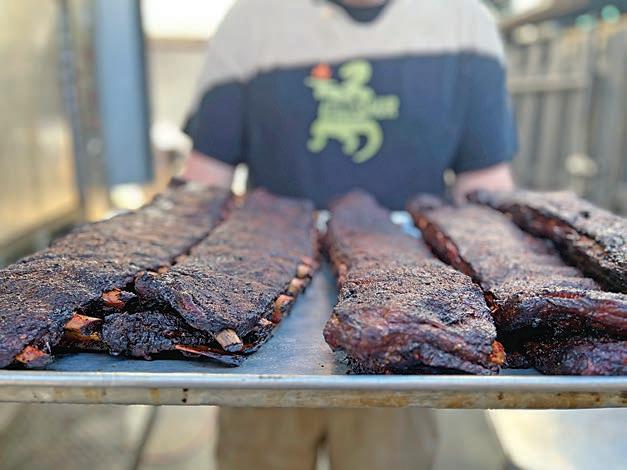
When we arrived, we were easily able to slide the GS into their parking lot, which was fairly full this late spring afternoon.
There is a ‘motorcycles welcome’ feel for sure – always a plus.
As it was Father’s Day, there was a short wait – made easy by Shira’s local Genesee brew, and an Arnold Palmer. While waiting I stayed hawk-like near the massive smoker and when the cook came out to bring in some ribs I jumped for the “Kodak” moment.
Were they really dinosaur ribs – could have fooled me.
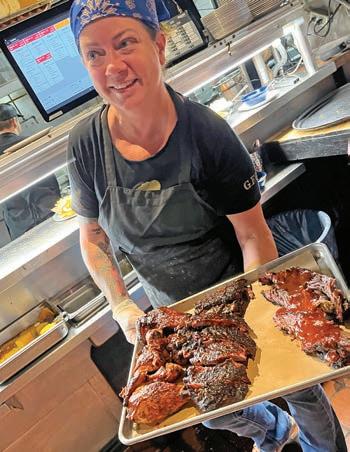

We ordered up a bunch and then bugged table neighbors to let me take images of their dishes as they rolled out. Creepy, I know.
Spicy Shrimp Boils, Creole Deviled Eggs.
We ordered ribs, beef brisket, simmered green, and the Dino’s delicious black beans and rice. Of course, they have burgers of all types, styles, and taste – along with superb smoked chicken as well.
The Dinosaur also has healthy, tasty, and large salads – which is okay here cause Brontosaurus were dinosaurs too – but were vegan I am told.
Check out the Dinosaur Bar-B-Ques at any one of their locations from the Big Apple to the Canadian border.
Eat Strong. Ride Hard! ,

elk river hoTel & café
616 Main sT, suTTon, Wv 26601
304-402-2121 • elkriverhotel.com
Late last summer I was riding back from South Dakota and my route would be bringing me through the midwest and Ohio, across the river with the same name and into West Virginia – one of our favorite haunts.
In my little pre-ride searching I came across an inn in the town of Sutton, West Virginia. This would work perfectly as there were a few museums in the town I wanted to visit, as well as the Concours Owners Group National Rally one town north in Flatwoods.
I booked a room at the Elk River Hotel & Café.
The Elk River is a 172-mile long tributary of the Kanawha and Ohio Rivers, and it has its beginning in the Allegheny Mountains in Pocahontas County – often called the Birthplace of Rivers.
It flows above ground for several miles before it sinks into a network of caverns and continues underground for more than five miles. The old riverbed of solid rock, however, remains above ground in this section known as “The Dries,” and then comes back out to play with sportsmen and nature lovers.
a
weekend destination keeping you on the backroads
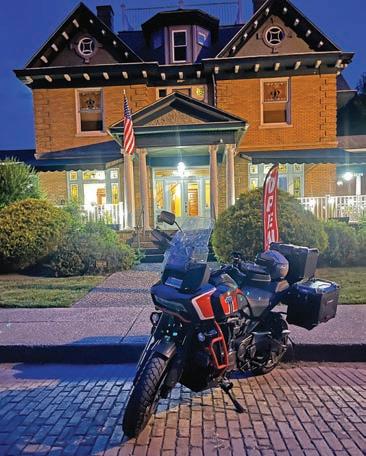
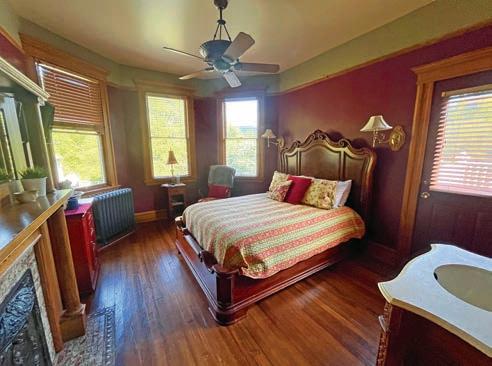
After the war, the timber industry brought Sutton back, and today it is known for its fishing and two very different museums – The West Virginia Bigfoot Museum and the Flatwoods Monster Museum.
Certainly, Sutton is right in the middle of this – as the geographic center of West Virginia is located just four miles east of Sutton.
It is a major water supply for a good deal of southern West Virginia. It is also one of the best fishing rivers in the east.
The town of Sutton, originally called Newville, came about because of the rivers, coal, and the locomotive. In the Civil War, it was occupied by Union troops, as West Virginia stayed with the nation – still Confederate troops torched most of the town at the end of 1861.
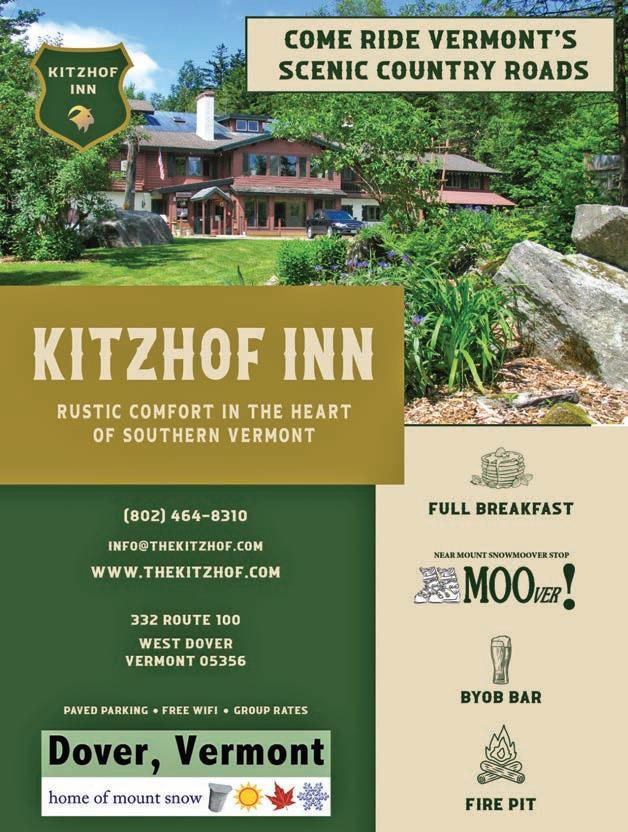
The old town has a good deal of cobblestone pavement, and the Elk Hotel is located down towards the end of Main Street. It is an impressive large home that has four rooms, two suites, and five additional rooms in the Carriage Guest House.
When I arrived, the other guests for the night had not, so I peeked into a few of the other rooms and really was impressed by the look, style, and amenities offered by the Elk River Hotel.
I was staying in the Oak Room with a very comfy Queen-sized bed, stained
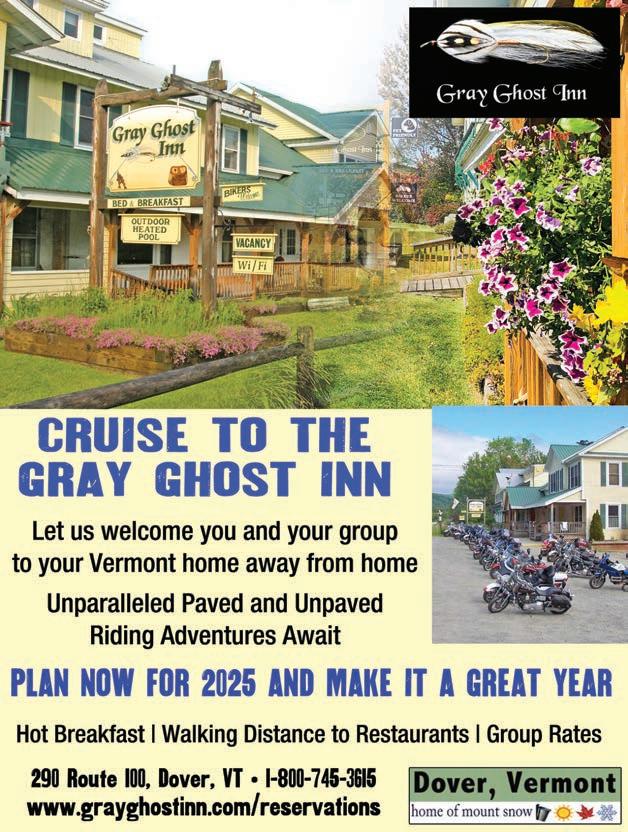


glass windows, plenty of room for me to work (yes, I actually work), and an awesome Claw Foot Bathtub with porcelain fixtures set low to the tub.
I am easy – but for my oh-so-not tiny body, it made for a shower I had to earn. Trying to get in the tub was straight out of Rowan & Martin. Getting out was… delicate. Somehow, I think Shira would have slipped in and out of a bubble bath with the grace of a ballerina. The sleep here in the Elk Hotel was sublime… and I was surprised to find I had hung with Morpheus far longer than normal, which says a lot when on the road. I dressed, and made coffee in the room, which was top-tier offerings, and some of the best in-room coffee I have experienced. So good I made two. I meandered downstairs into the beautiful lobby and told the young lady there that I’d be right back for breakfast, and then went to explore the grounds of the Elk River Hotel & Cafe.


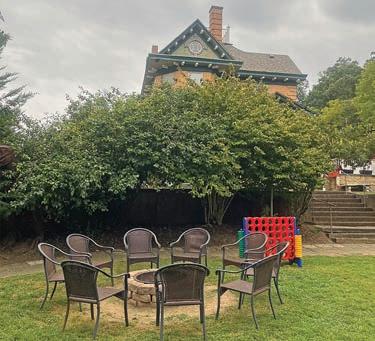
grounds. The domes looked delightful, and I took a seat in a huge Flatwoods Monster chair with a deep cup of Joe for a good bit… relaxing with the early West Virginia mist rising from the Elk River. I was walking backward to get an image when I got startled (alright maybe a bit more than startled) by a T-Rex poking his head through the trees and pines. I was not expecting him, but once we were introduced, he made a great listener for my prattling. On the porch, I made friends with their very friendly cat, and then made my way to my table and had a superb breakfast of eggs, sausage, potatoes, fruit, and a great sugar-dusted muffin that I ate because.
I was impressed. Not huge, but very well thought out and executed. In addition to their traditional rooms, they have four ‘Glamping Domes’ that were on the ridge above the river, which bordered their garden and
I really enjoyed the Elk River Hotel & Café – it was reasonably priced, very well appointed, and friendly. They serve dinner as well as the breakfast and I am very much looking forward to bringing Shira here, as all that sublime romanticism that the place holds was wasted on a burly bloke reading about monsters and rivers on a laptop at midnight. ,
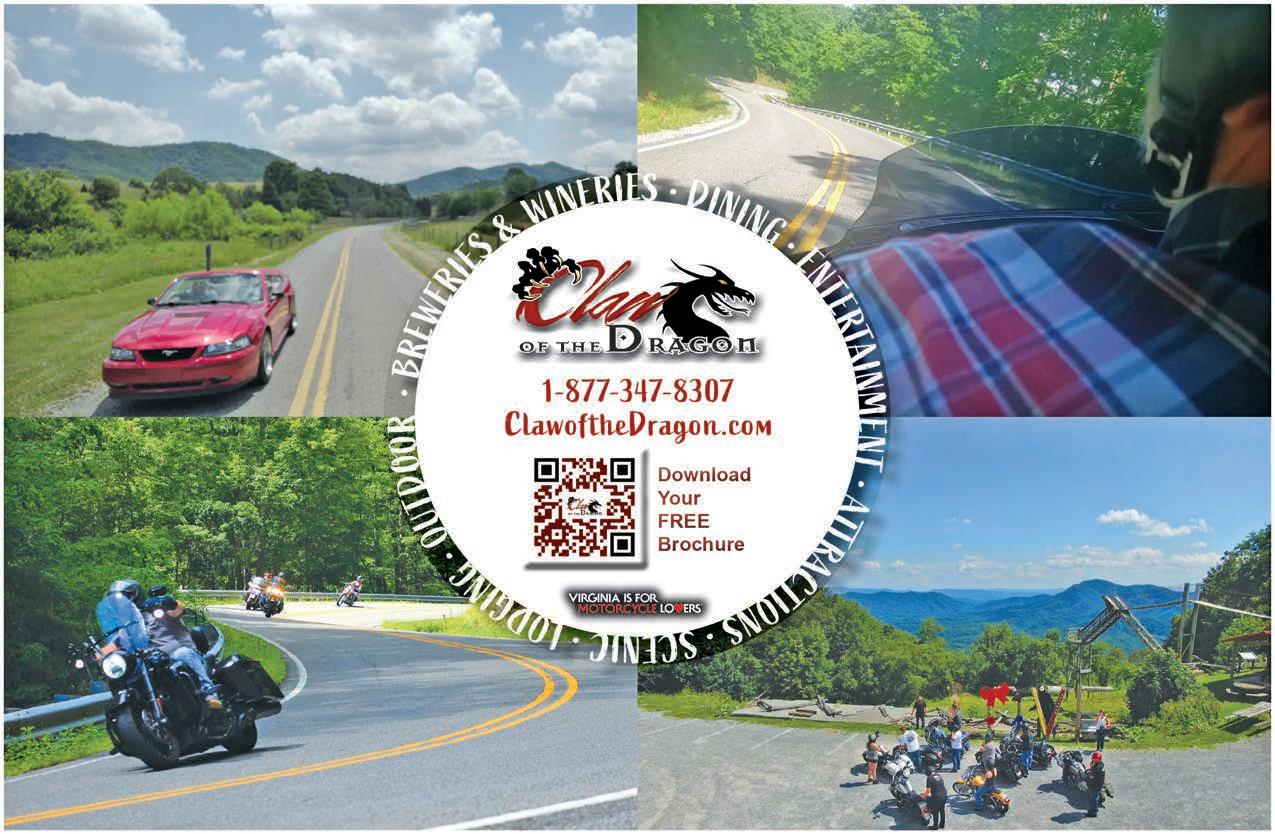
The heaviesT corneron earTh? Heain’tHeavy…He’smorebrotHer.
At the turn of the 20th century, the spark of the Magic City was one to behold. As Birmingham became an industrial metropolitan area, one particular corner of the city stood above the rest (pun intended): the intersection of 1st Ave. North and 20th Street. Between the years of 1902-1912, four large buildings were erected on that corner giving it the nickname “the heaviest corner on Earth”. While that may not be technically accurate, that corner is a testament to the significant impact it has made on downtown Birmingham’s development. And guess what? The buildings still stand in all their glory today.

When we were in Birmingham for last year’s Vintage Festival at the Barber Museum, we met with our friend Helene downtown, parked the bikes at her hotel, and strolled to a very snazzy restaurant for which we were severely undress. They served us regardless.
Along the walk we marveled at the large steel and concrete buildings about
the one corner. O’Life had already clued me onto this fact of the heavyweight hitting corner, but the gals were not.
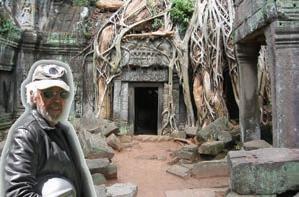
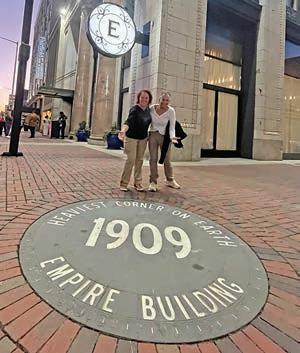
Knowing my predilection for stopping at Historic Signs they slowed as we approached.


I could hear the Shira “eye roll.” Helene simply said, “Whaaaat?” – in that wonderful British tone of hers.
“See here women, this here is the heaviest corner of the Earth!”
Unrolling eyes then peeled.
Indeed, here was THE corner – The Heaviest on Earth. Wow – that is a heavy statement (sorry). So here we had four large, and very solid-looking buildings all facing each other on the corners 1st Avenue North and 20 Street!
The Heaviest Corner showcases both the Chicago and New York architectural traditions in the design of skyscrapers. Designed by important local architects in association with national firms (on three of the four buildings), the earliest buildings, the Woodward and the Brown Marx, are good examples of the Commercial style, with exteriors strongly reflecting the skeletal structure. The Woodward Building (the first steel frame building in the city) introduced the innovative technologies of the skyscraper form steel frame construction, terra cotta fire-proofing and decoration, internal plumbing, and the use of electricity to light and heat interior spaces to Birmingham. The later two Neoclassical Revival style skyscrapers, the American Traders-John Hand Building and the Empire-Colonial Bank Building, are extravagantly adorned towers decorated with granite, marble, and glazed terra cotta in skilled interpretations of classical motifs.
They had some serious signage, and they are indeed listed in the Library of Congress as such – but how does all this work out on scale?
Let’s talk about the buildings themselves.
Empire Building
When built in 1909, it was the tallest building in Alabama towering 247feet. The Empire was developed by Empire Improvement Company, and financed by Metropolitan Life Insurance Company – also making the buildingone of the first development deals of its kind by an insurer.Currently, the Empire housesElytonHotel (fun fact: before being called Birmingham, the city was named Elyton, after an early entrepreneur). ElytonHotelupliftsthehistoricroots of the Empire buildinginto a modern luxuryexperience.
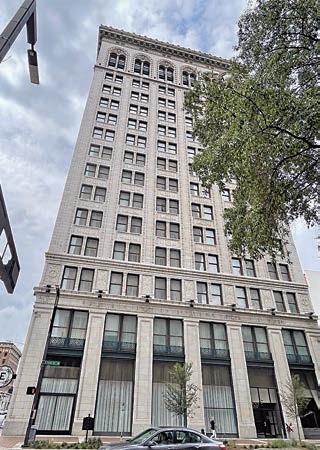

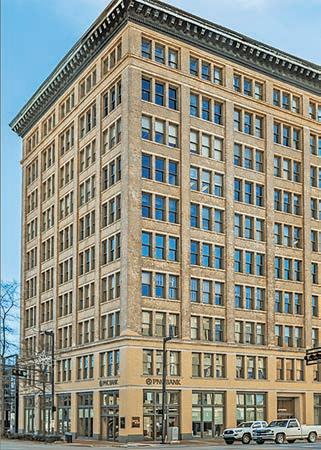
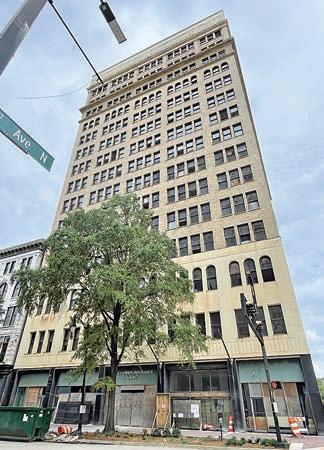
Three years after the Empire Building made its grand entrance, the John Hand Building surpassed it in height at 284 feet tall. (It held the title of tallest building in Alabama for one year before it, too, was surpassed.) In its long history, the building has primarily occupied by banking institutions, but it is now the headquarters of Landing, an end-to-end platform and nationwide network of furnished apartments.
The Woodward Building was the first of its kind in Birmingham – a light brown façade, Built in 1902 with elaborate metal construction at 132 feet tall. No building had been built quite this large in Birmingham’s history, and the building was so large that many doubted its viability as an office space in the market. At its completion, the Woodward office spaces were fully leased.
Although this building never held a title as the tallest on the “heaviest corner”, it was easily the most popular of the bunch. Built in1906, early architects were intentional in making the building as aesthetically pleasing as possible with lightly colored brick, arched ground-floor glass showing windows, and a marble interior. Over time, the Brown Marx declined in occupancy and lost much of its original décor. But in 2018, the building was purchased by Ascent Hospitality who were responsible for the elaborate renovations of Brown Marx’s next-doorneighbor,ElytonHotel. When you take in the fact that these buildings were designed and built in the early 20th century, it seems that Birmingham was the birthplace of today’s modern skyscraping cities – and may still hold the Gold Belt for Heavyweight Champion of the Mysterious World! O’Life’s Expeditionary Force Out!
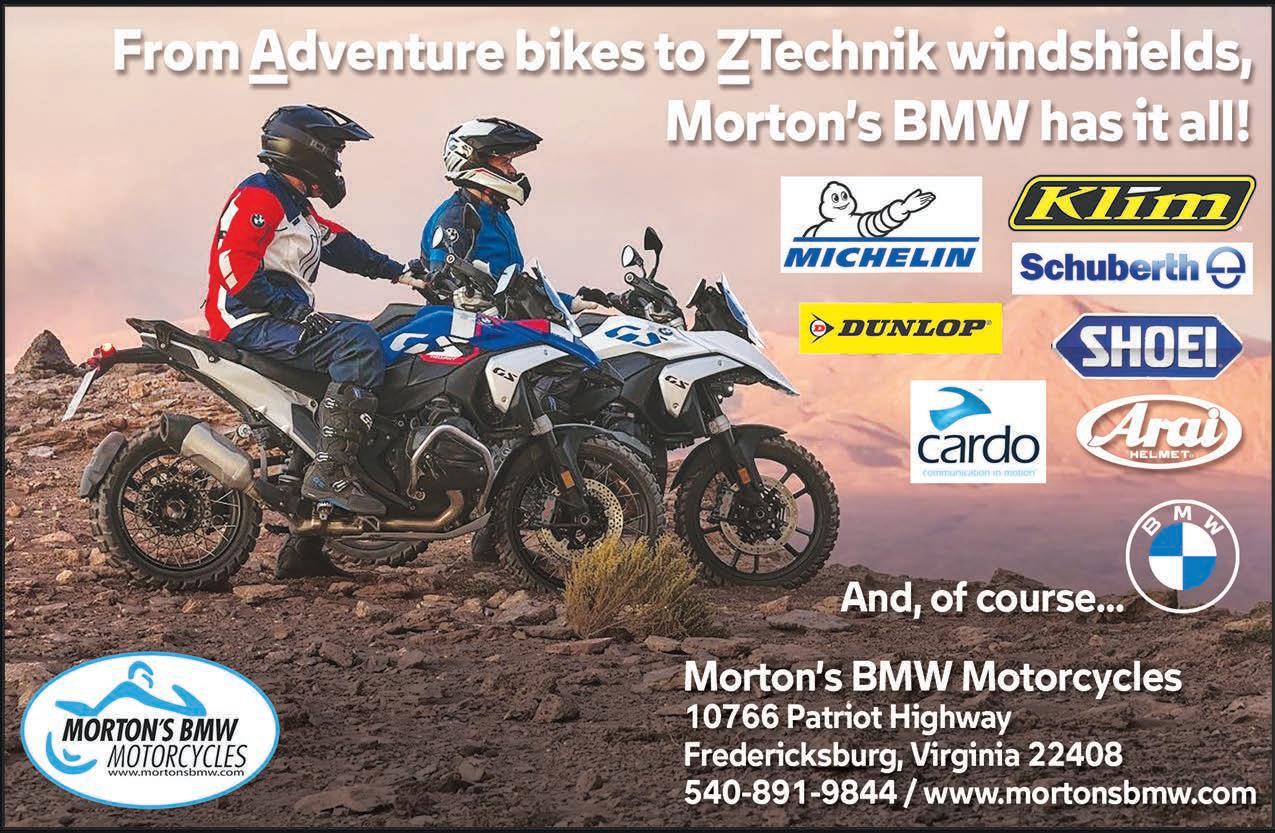
hiTsville usa – The MoToWn MuseuM 2648 WesT granD BoulevarD, DeTroiT, Mi 48208 313-875-2264 • www.motownmuseum.org

In March of 1959 a 45 record was released by Tamala Records called “Come to Me’ featuring a singer named Marv Johnson, and written and produced by a gent named Berry Gordy.
This was the beginning of the greatest maker of music in American History; a short time later Tamala Records’ name was changed to reflect the town in which it was born… Detroit, Michigan.
The Motor City.
The name became Motown… and the rest is music history.
During the 1960s, Motown achieved spectacular success for a small label: 79 records in the top ten of the Billboard Hot 100 between 1960 and 1969.
The list of superstars is beyond amazing; The Temptations, The Four Tops, Stevie Wonder, The Supremes, Smokey Robinson, Gladys Knight, The Jackson 5 …. And so many more. Motown produced more hits than The Beatles, the Rolling Stones, and The Beach Boys combined.
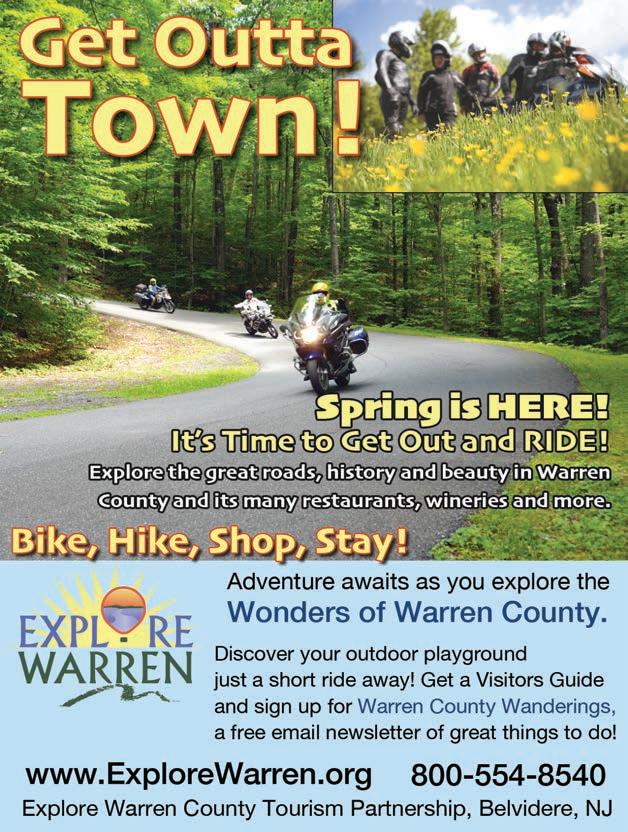
What is even more amazing is that all this happened in a modest home on Grand Boulevard, near downtown Detroit.
Today this home is called Hitsville USA – The Motown Museum. Welcome to the soundtrack of your life.
In 1961 the Marvelettes became Motown’s first #1 Hit with “Please Mr. Postman”. Marvin Gaye played drums on the track.
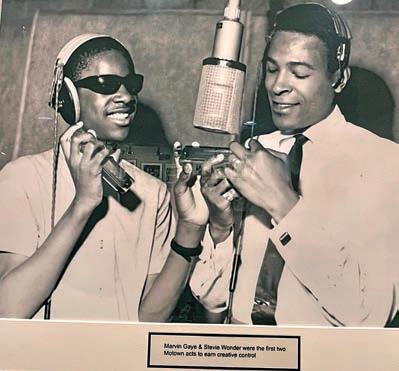
The beginning of Motown truly began years before –during what has been called The Great Migration, when many black Americans took their families and moved north to escape the ubiquitous racism that lingered for decades and generations after the Civil War.
Berry Gordy, Sr. and his wife, Bertha Fuller Gordy, came north from Georgia to find a better life for themselves and their family.
They had 8 children in all, and the Gordys instilled strong values in their children — hard work, self-reliance, faith in God, and, most of all, the importance of family ties.
Here at The Motown Museum, you will learn about this family, how they always looked out for each other, and how Berry Jr. would go on to shape the beat of the nation.
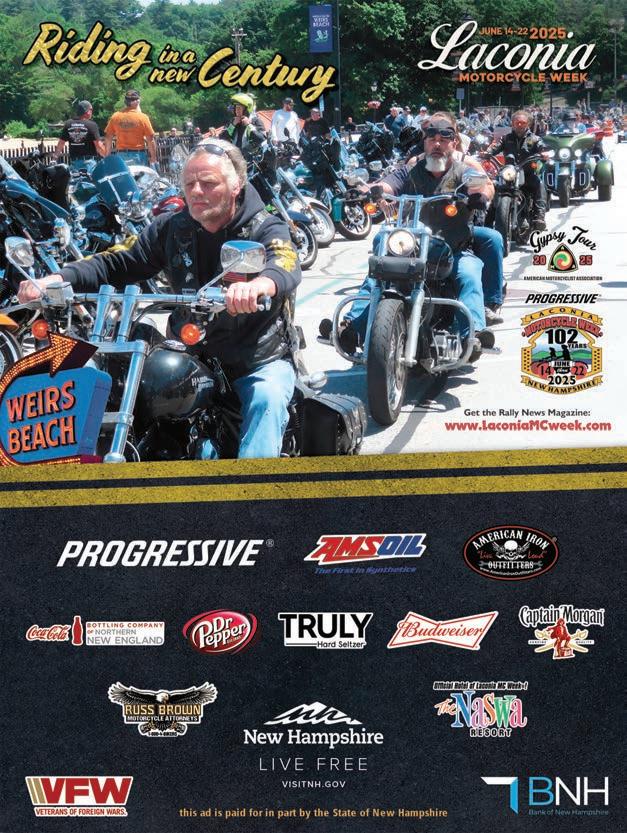
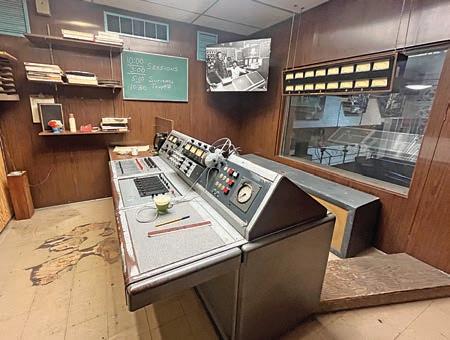
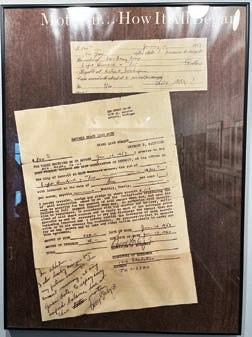
Stevie Wonder signed with Motown’s Tamala label at the age of 11. It was his own family that voted to loan Berry the $800, from the Family’s Saving Club, to start what would become Motown.
Ever the savvy business people, Berry’s parents and siblings required him to sign an additional contract that pledged future royalties from his songwriting as security for the loan he used to start Motown Records. Following his father’s example, Berry brought family members into the company, giving them important assignments. His eldest sister and founder of the Motown Museum, Esther Gordy Edwards, held several senior executive positions at Motown Records. Berry’s parents and other siblings also played key roles in the company’s management and operation. As staff in the Office of the President, they served as troubleshooters and trusted aides to their son and brother.
Motown Factoid:
It was Berry Gordy’s friend Smokey Robinson who encouraged him to start his own record company.
We arrived early on a Saturday morning and we were aware that the Hitsville had a humble start, but were still surprised at how tiny the home was – considering it would have a music recording studio, various offices, and more inside.
Fate had us find a parking spot right outside the front door, and we quickly learned that getting tour tickets ahead of time was a good idea. We had not, but were able to buy a pair for the next tour from a friendly couple whose friends had passed on the day.
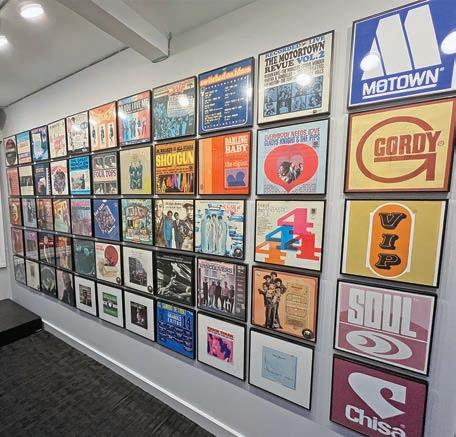
Berry’s friend Smokey Robinson, a superstar on his own planet, original .45s from Tamala lined the hall. The contract on Berry’s original loan agreement with the family can be seen. (Hey, they were loving but practical).
This was the beginning of the 60s and in the very center of the simmering racial strife that was about to flame. There are comments from Berry about those fighting bigotry and oppression, and his openness to hear and to let different thoughts sing through the records of Motown.
On a personal note, I grew up in New York City. When I was young MusicRadio WABC played everything. The Stones would run into The Temptations, and that would run into the Allman Brothers and then the Beatles, covering a Motown hit. The point is that music was never, and still is not, about color – but feelings, passion, and hopefully, in the end, love.
But it was Motown that truly drove that first and strong pry bar into the door that was separating blacks and whites and began pulling with hit after hit – songs that all Americans tapped their feet to, danced with and sang in the shower.
Motown Factoid:
The Satintones were the first group ever to record for the Motown label. They recorded six singles for the Motown label between 1959 and 1961, though they never scored a hit record.
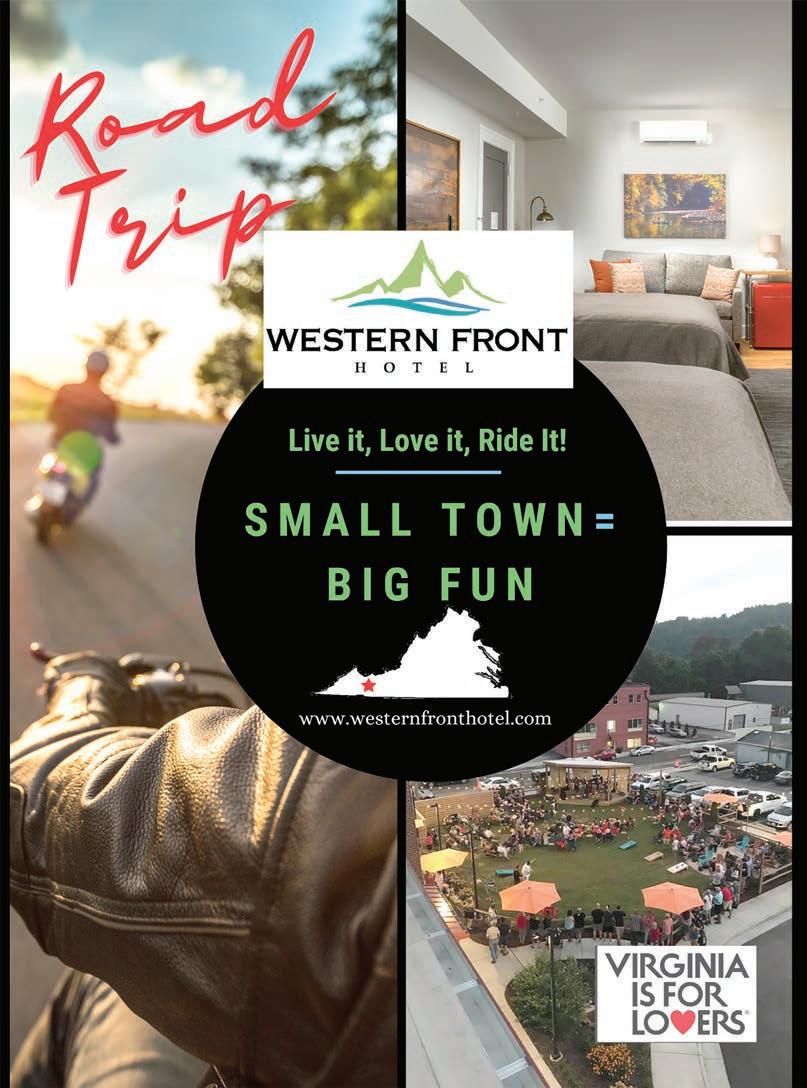
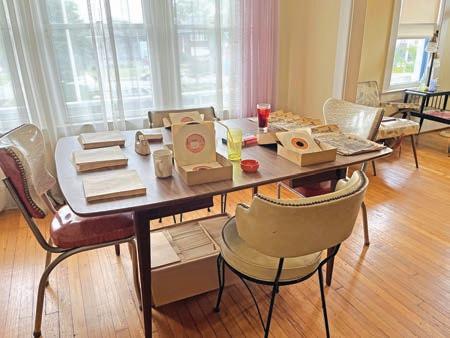
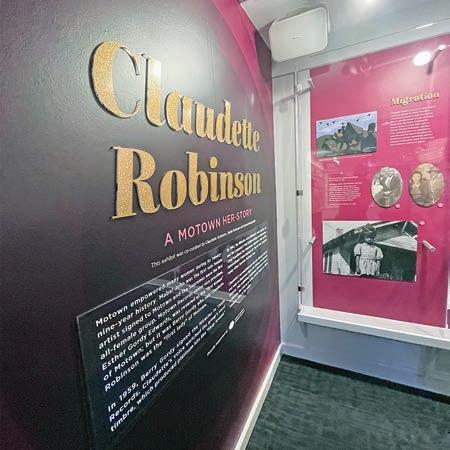
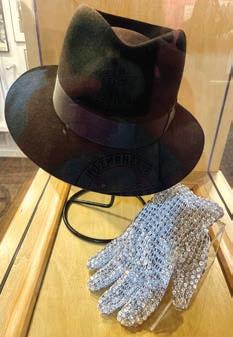
The walk through the family’s home space was like stepping back in time – and truly brought home the fact that Berry Gordy and his family were just like every other American family – but one that was in the midst of making American music history.
The memorabilia was amazing, Michael Jackson’s fedora and spangled glove, gold records along the hallways, with an entire section set to honor Claudette Robinson – the one female member of Smokey’s Miracles. Motown used many techniques to get that wonderful and rich tonal sound. A microphone hung in the attic that had a large opening to the floor below. Singers would sing up into the attic, and the sound would pinball around the rafters and the wonderful echo would be grabbed by the mike. Bathrooms had a different tone too – if it did, they’d use it. We were told that more than one perfect take was crushed by the flushing of a toilet.
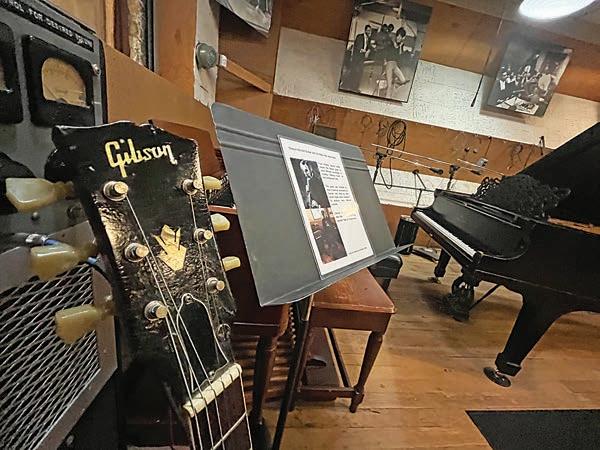
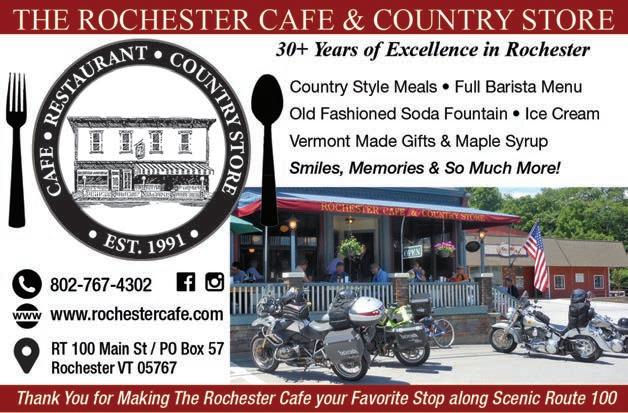
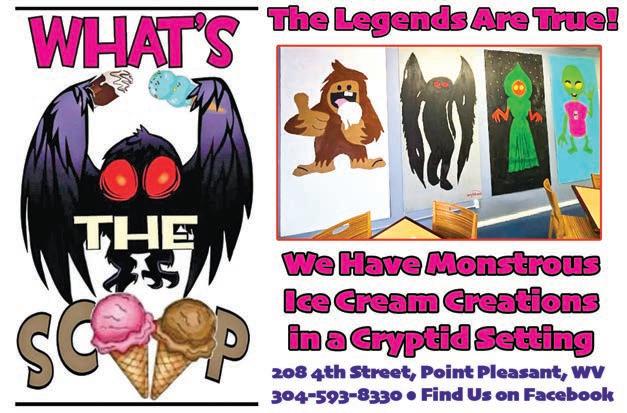
It is funny…now. It was the studio itself that drove home just where we really were. We both had goosebumps walking into this part of the building. Motown’s Studio A was open 24 hours a day. A musician or band could go in whenever the mood or God touched them.
The tiled floor of the control room was worn through to the wood floor beneath and inside the remarkably small, studio itself was … well, amazing.
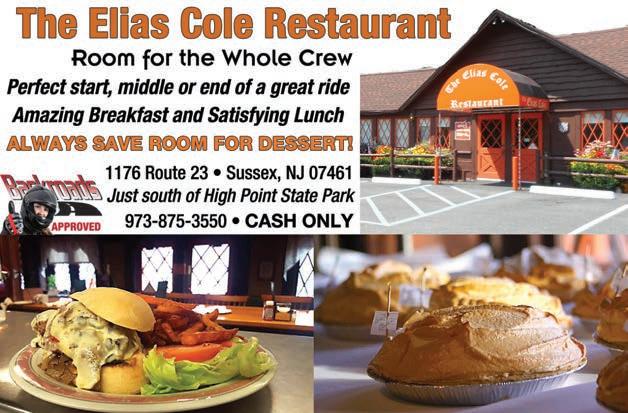

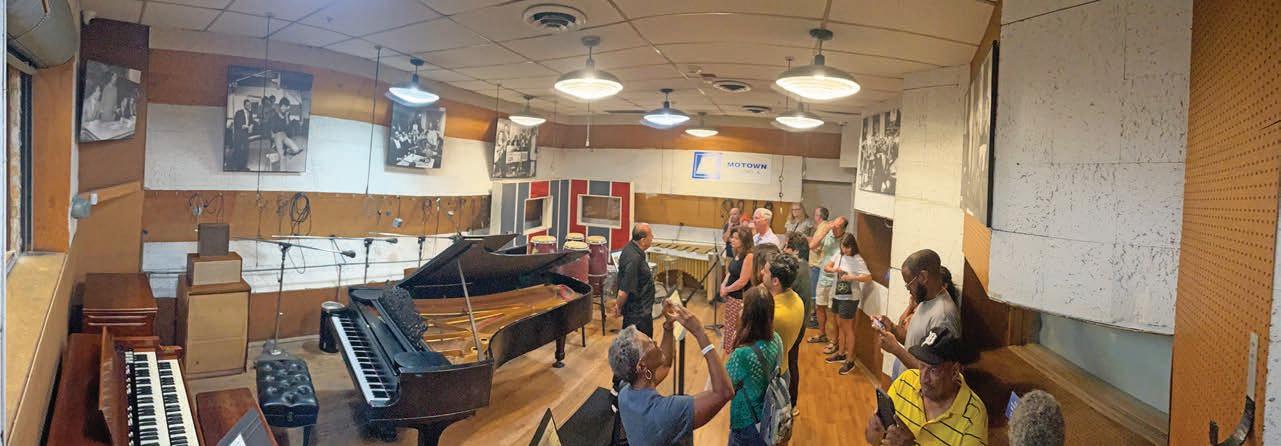
Inside was a Grand Steinway Piano from the 1800s.
During a visit from Sir Paul McCartney, he saw how terribly this piece of history, which had played such a huge role in so many great hits, had aged and become unplayable as it sat as a museum piece. He had it sent back to Steinway, in New York, for refurbishing to become the piece of art and instrument it was meant to be.
A Hammond organ was sitting there as well as a drum set and vibes. All of which were the very same instruments that were played by the greatest band in the world – the Funk Brothers. (Watch in the Shadow of Motown and you will agree)
On the left was a Gibson ES-335 guitar. The very same guitar played by Dennis Coffey, who donated it to the museum, along with his Waa Waa pedal. Listen to The Temptations Cloud Nine and you will hear the first time this was used in such a memorable hit.
Coffey was a white man. Motown was not about the color of the skin… it was about passion and heart. The rock band Rare Earth? They were Motown too.
As we left the studio, I could not help but lightly touch the Gibson. Ahh, C’mon magic!
Motown Factoid:
It took The Supremes six single releases before they scored a top 20 hit. They are now the best-charting female group in US history. I could go on, but I have already taken way too much of this side of this album than I was allowed…
Hitsville, The Motown Museum, is one of the greatest pieces of American Music history to which you can ride – put it on your Bucket List! ,
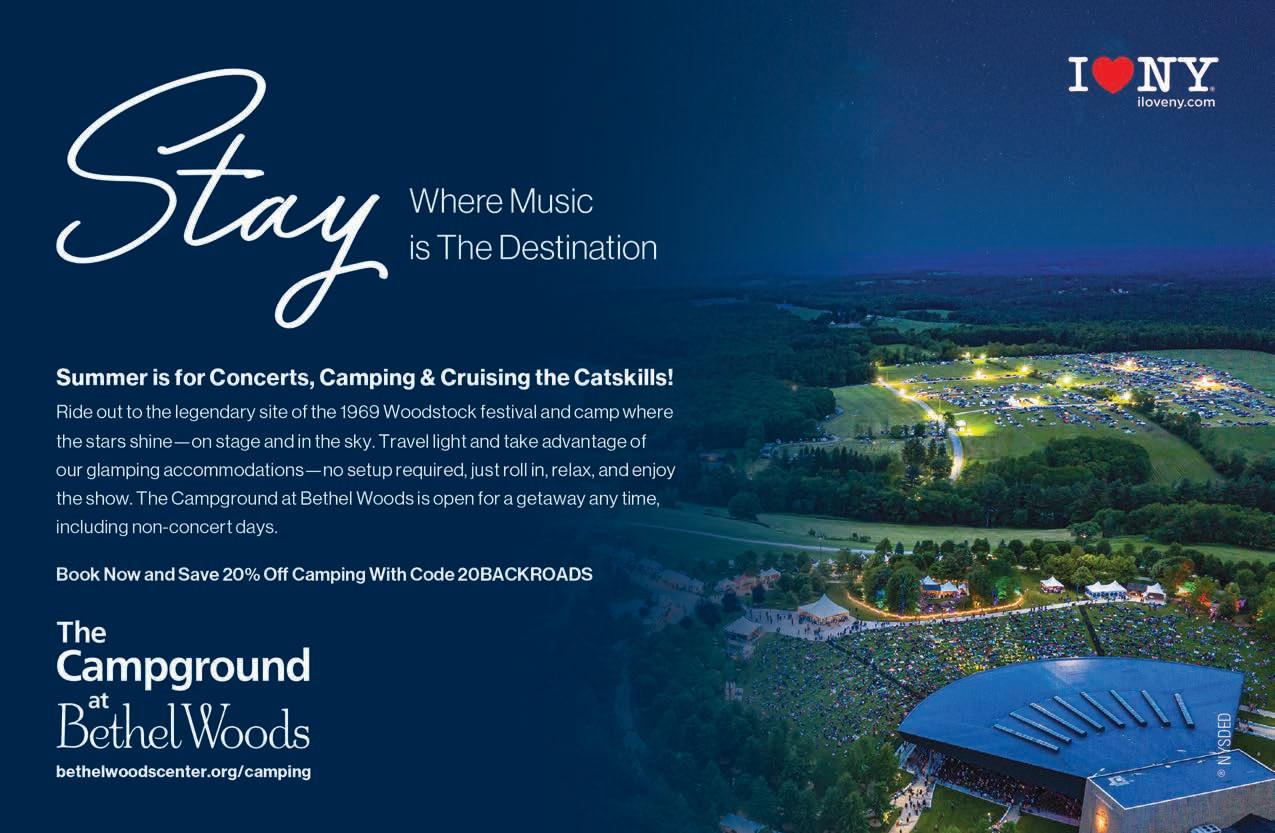
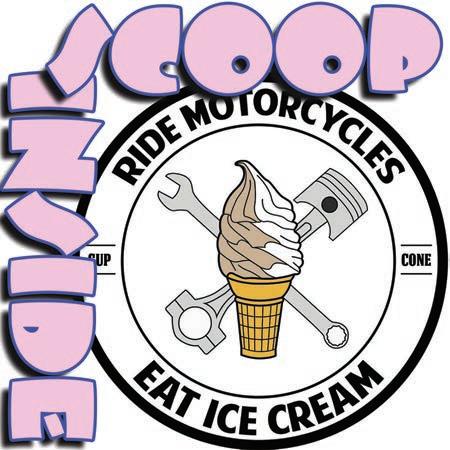
Dover scoops & BreWs
157 W clinTon ave, Dover, nJ 07801 973-343-2643 • doverscoops.com
openDailY, YearrounD • Mon-fri: 10aM-8pM • saT-sun: 12:30-8pM
Brian is always saying to keep your eyes open, as you never know what you’ll find where. Case in point: we were headed to the Dover, NJ area, as the embroi derer which we used had moved its location from the ever-emptying Rockaway Mall to a small strip mall there. Since we needed to replenish supplies, and we like to consolidate our travels, we planned on dropping off at their new shop, stopping for a burger and mountainous serving of very tasty, fresh French fries and seeing a movie at the AMC at said mall.
Two notes: Should you find yourself eating at a Five Guys NEVER get anything larger than a small order of fries, as they completely fill the bag anyway and DO NOT see Love Hurts. You’ve been warned. Anyway, on our way to the embroiderer, I had a fleeting glimpse of an ice cream shop called Dover Scoops & Brews. I called it out to Brian, and he couldn’t imagine there being an ice cream and brewery conglomerate. I lovingly told him I was sure it was ice cream and coffee, to which he said that made perfect sense. We made note to stop on the way back towards the mall.



Dover Scoops & Brews, which indeed did serve ice cream and coffee, has been on the corner of W. Clinton (Route 15) and Parker Streets coming on two years. Catalina Fernandez, brewer and scooper, has wanted to open a business since she was a teenager, in particularly a coffee shop. In late 2022, Catalina and her family took the plunge as they found the perfect corner spot on Route 15. Going through the legal and renovation path, on July 15, 2023 they opened the doors of Dover Scoops & Brews and the community responded enthusiastically. The support and continued patronage have brought them to their second anniversary in July, 2025 and they couldn’t be happier with their venture of boutique-style ice cream parlor/coffee shop.
Catalina, who grew up in the Ironbound section of Newark, had worked as a server at Nasto’s Ice Cream while attending business school. Nasto’s was started in 1939 by Frank Sr. and Angelina, and now being run by Frank Jr., who was a great mentor to Catalina. Selecting what kind of ice cream to dip at Dover Scoops & Brews was a no-brainer, as Nasto’s ice cream is of supreme quality and flavor.


The shop is clean, bright and inviting, with several tables both inside and out. At any one time, there are 24 flavors from which to choose, with some seasonal rotation as well as vegan and sugar free options. For those coming with the Pup, they offer a 4oz PupCup.
The cases were full, and we took our time looking at all the options, tasting those that were intriguing like Corn and Coco Loco. Brian went for an Affogato –espresso coffee poured over a scoop of ice cream – as our stop here was pre-dinner and movie popcorn. Dover Scoops has a Signature version, which adds some milk and whipped cream on top to make it a bit more like a shake. Their coffee selections run the gamut from Americano to Cappuccino, with winter specials of Nutella latte, white chocolate peppermint latte and peppermint hot chocolate. Actually, Catalina has concocted some very tantalizing latte flavors for any time –

Vanilla Cupcake, Caramel Coco Craze and Strawberry Matcha for instance.
I was not being swayed by having ice cream for an appetizer, so I had a cup filled with Sweet Corn and Toffee Crunch, both equally delicious. Some of their other flavors include Cherry Vanilla, Pineapple, Pistachio (one of my favorites) and Sea Salt Caramel Pretzel, with a sugar-free Peanut Butter and Butter Pecan and vegan Black Raspberry.
Catalina admits to having an unhealthy obsession with watching cake decorating videos and baking shows, so you can bet that any special occasion cake you order from Dover Scoops & Brews will be not only delicious but beautiful. As she says, ‘I love decorating cakes because it gives me a creative outlet and I find it great when a customer puts their trust in us to bring their cake fantasies to life. Since we also offer vegan and sugar free ice cream options, we are able to make beau-

tiful cakes for those with dietary restrictions.’
There is both street and a small lot for parking so if you find yourself in this part of Dover, NJ, pay a visit to Catalina and Dover
,


Cryptozoology: a science and subculture that searches for and studies unknown, legendary, or extinct animals whose present existence is disputed or unsubstantiated, particularly those popular in folklore, such as Yeti, the Loch Ness Monster, the Chupacabra, the Jersey Devil, or the Mokele-mbembe.
Every region has a story, has a creature – some folks believe, some will not ever consider it. When I was a tyke, and I was once, my father was reading a book by the fireplace – I saw him put the book down and when he left the room, I picked it up to see what it was.

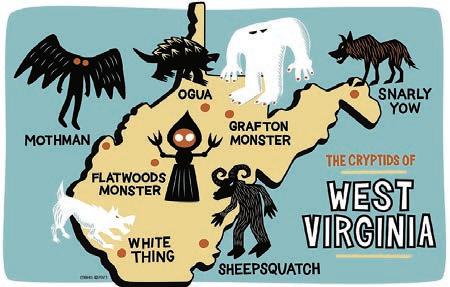
It was a thick hard cover read called Abominable Snowmen Legend Come to Life by Ivan T. Sanderson who, by the way, lived just a few miles down the road from Backroads Central.
I dare say this book, which I still have today, changed my life and set me on a course along the more mysterious and unexplainable backroads of this planet. During the early 19th century there were reports of a monstrous and powerful wild man roaming in the forest mountains of Africa. In those days many scorned and laughed at such an idea – but in 1847 French
explorer Paul Du Chaillu was the first European to see and capture a gorilla. The laughter stopped. Like I said – every region, or state, has its own creatures – some seem to have more than others – the Mountain State of West Virginia comes to mind, and so I’d like to take you on what I’ll call a West Virginia CryptoCaper… to steal from publisher Rathjen, as occasionally he has a few good ideas.
THE MOTHMAN MUSEUM
400 Main Street, Point Pleasant, WV 25550 304-812-5211 • www.mothmanmuseum.com
We’ll start this CryptoCaper on the eastern bank of the Ohio River in Point Pleasant, West Virginia. If you have read Backroads for any good amount of time you know of The Mothman. The story reads like a bad B-Horror movie that would be riffed by MST3K. On November 12th, 1966, a group of gravediggers hard at work in Clendenin, West Virginia, noticed something out of the ordinary. They glanced up from their ditches to see something massive soaring overhead — it was darting from tree to tree. The gravediggers later described this
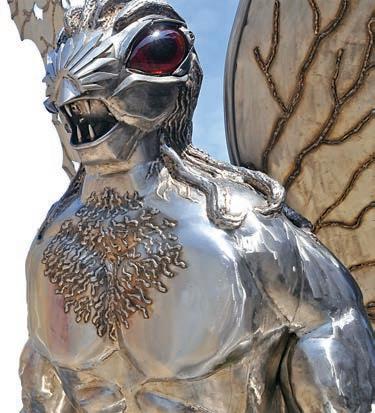

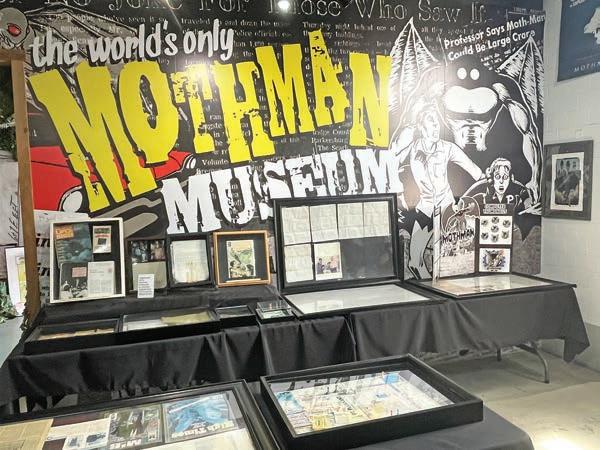
entity as a huge, brown-winged human being. The gravediggers were scared — which says a lot, considering their occupation. They had no idea what to make of this winged beast.
A few nights later some teens were out on Lover’s Lane, near the old World War II TNT Factory, when a giant winged creature came swooping towards the car and attacked them. They recounted their story to the sheriff and reported that the entity looked human in most respects – except for its 10-foot wings and glowing red eyes. According to witnesses, the creature could fly at ridiculously fast speeds, upwards of 100 miles per hour. The beast chased the witnesses to the outskirts of town, and then it ran into a field and disappeared. They knew it sounded absurd — a flying, giant moth with red eyes terrorizing cars? One teen assured the paper that if he had seen it by himself, he wouldn’t have said anything… but four people saw the Mothman that day; it couldn’t have been just a figment of his imagination. Reporters were skeptical, naturally. Folks believed the Mothman was nothing more than
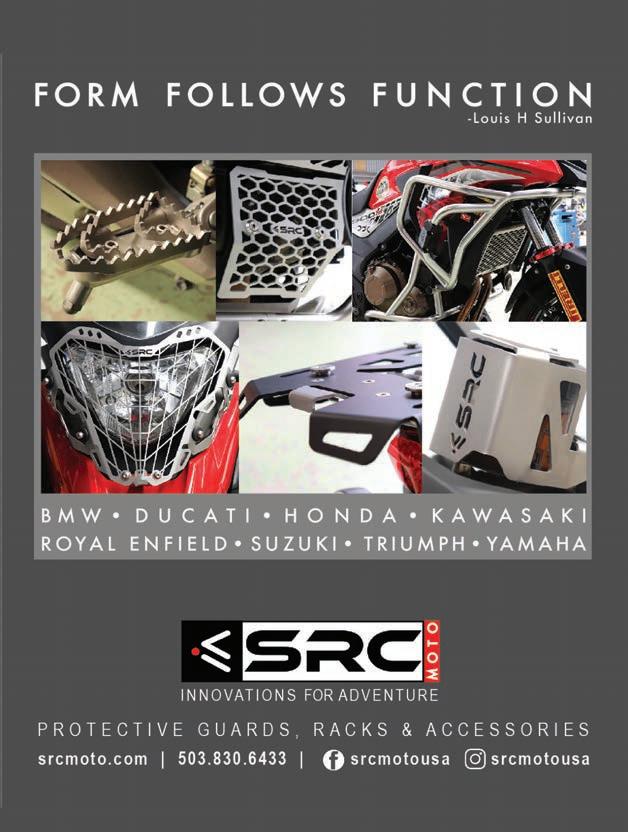
an overgrown owl or an eagle. The reporters did print Mallett’s description of the creature… “it was like a man with wings.” More and more sightings began to occur, and the legend of the Mothman started to take shape. The Gettysburg Times reported eight additional sightings three days after the first report. They included two volunteer firefighters, who said they saw a huge bird with glowing red eyes.
On December 15th, 1967, just over a year after the Mothman was first seen, the Silver Bridge was packed with cars. The bridge was placed under extreme strain. The span was initially made for lighter cars; Model T’s only weighed 1,500 pounds — modern cars were over 4,000. The bridge engineers weren’t too cautious or imaginative when creating the bridge, and when one part of the bridge failed, the rest would followed suit. Without warning, a single eye-bar near the top of the bridge on the Ohio side cracked. The chain snapped, and the bridge fell to pieces, plunging people and cars into the icy waters of the Ohio River below. Forty-six people died by drowning, hypothermia, or being crushed by the wreckage. The bridge collapse was the second bizarre thing that put Point Pleasant on the map, following the Mothman sightings. It wasn’t long before the two cases were connected, and the Mothman was blamed for the bridge’s failure. Point Pleasant’s fame as ‘Home of the Mothman’ continues to this day. Movies and books have been written about the subject, and the Mothman has been kept very much alive throughout the decades. There even exists the idea that the Mothman predicts disasters. He was seen standing atop the newly constructed bridge just before disasters, including the Mexican Swine Flu outbreak of 2009 and even the 2011 nuclear disaster in Fukushima, Japan. Sightings of the Mothman have slowly declined since the late 1960s, but every so often, a sighting emerges. In 2016, a man who had recently moved to the area saw a creature jumping from tree to tree, just like in the original report. He claimed that he had been unaware of the legend until he saw the beast himself. The legend of the Mothman lives on in the Mothman Museum, a 12-foot-tall chrome statue of the beast dominates the street, and Mothman plushies are held in the arms of children as they visit the many gift shops of the town – and even a festival to help keep the legend alive.

THE FLATWOODS MONSTER MUSEUM
208 Main Street, Sutton, WV 26601
304-765-6533 • braxtonwv.org/the-flatwoods-monster/visit-the-museum
The Mothman was not the first creature to harry the Mountain State; some 14 years earlier something equally bizarre happened a bit more than a hundred miles to the east in a tiny town called Flatwoods.
The legend of the Braxton County or Flatwoods Monster arose near dusk on September 12, 1952, when a group of local youths were startled from a game of football by a fireball streaking across the sky.
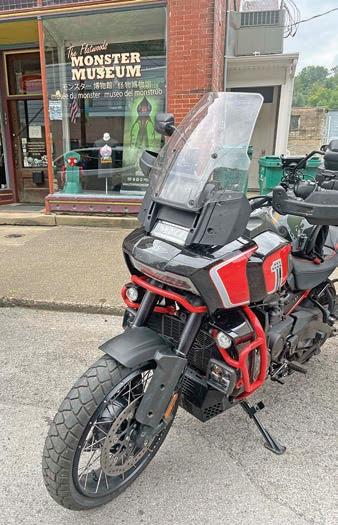
Terrified but intrigued, Edward and Freddie May, Neil Nunley, and Tommy Hyer went to discover what it could be, joined by Edward and Freddie’s mother, Kathleen May, and National Guard member Eugene Lemon. Searching the woods these teens ran into a large creature nearly 12 feet tall and about four feet wide. Making no sound, it floated toward them. The creature had a red face and bright green clothing, which hung in folds below the waist. Its head was shaped like the ace of spades and there was an almost sickening metallic odor emanating from its body.
They ran, they told their story – another Mountain State exclusive. Or was it? That same date there were multiple reports of ‘flying saucers’ all around the Mid-Atlantic.
Perhaps the Flatwoods Monster was not a ‘cryptid’ at all – I will toss out another explanation. It was not even alive.
Perhaps – and this is all just a flighty theory from a man who has volumes of them – this “monster” was a robot, a probe of some sort. From whom? That I can’t even fathom – but do we not send robotic probes far ahead of manned exploration? Hell, even the Air Force sent in the M.A.L.P. ( Mobile Analytical Laboratory Probe) before O’Neil and SG-1
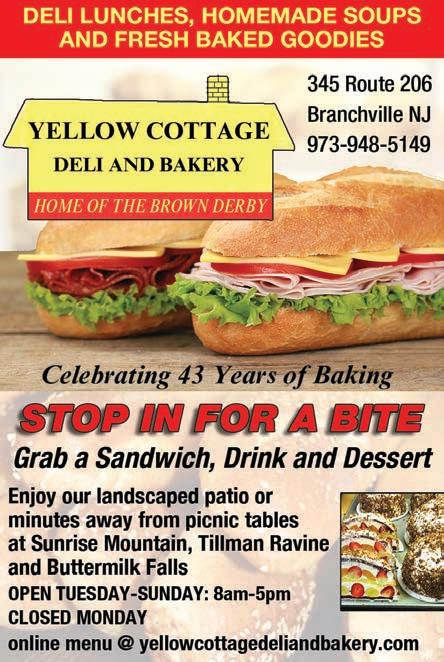

passed through the Stargate.
The more I read about this event the more I think it was not a creature at all – but for the need of fodder, I’ll throw the cryptid blanket over it.
Today in Sutton the Flatwoods Monster Museum is a worthy stop, and Andrew, the curator, is a bundle of information and about as easy as any museum staff I know when it came to answering my questions.
They, like most museums, have tee shirts, replicas, and all sorts of Flatwoods Monster stuff for sale – I really enjoyed this museum… and Sutton is well worth the visit ‘cause here you get two for one.

400 4th Street, Sutton, WV 26601 304-644-0445 • wvbigfootmuseum.org
Literally just down the block and around the corner in the town of Sutton you will find The West Virginia Bigfoot Museum. Throughout American history, even before the first settlers arrived, there have been stories of the unexplained across the American wilderness. Among the most enduring and alluring are the tales of Bigfoot. While this creature has been known by many names, first as “Hairy Man” by Native American tribesmen in California, and later as the Dark Watchers by Spanish settlers, today these creatures have appeared across the continent.


In modern times, known as Bigfoot, Sasquatch, or Skunk Ape, appearances of this mysterious creature still pique the curiosity of millions around the globe. At the West Virginia Bigfoot Museum, the mission is to aid those on their quest of discovering the undiscovered. With the Mid-Atlantic’s largest collection of Bigfoot casts, hair, research, and stories of sightings, the West Virginia Bigfoot Museum is sure to thrill everyone from the most avid Bigfoot hunters to enthusiasts and even those who are simply curious.

The West Virginia Bigfoot Museum had its grand opening in June 2021 at the first annual West Virginia Bigfoot Festival in Sutton, West Virginia. The owners of the Mountain Laurel Country Store, Louis and Laurel and son, David Petolicchio, learned about sightings, not only in Braxton County but throughout West Virginia. The Bigfoot legend was further highlighted when a (now famous) six-foot tall, solid hemlock carving of Bigfoot, was delivered to the store by a local carver. This carving drew significant interest and encouraged people to share their personal experiences, or the experiences of friends and family, regarding Bigfoot. It wasn’t long before David decided that this was a significant point of interest both locally, and across the state. Thus, The West Virginia Bigfoot Museum was born. The museum currently includes a large collection of original Bigfoot footprint casts from around West Virginia as well as cast copies from around the rest of the United States. The museum also has posters of local and statewide Bigfoot accounts, a compiled binder of Bigfoot sightings, a Bigfoot sightings map, and muse-
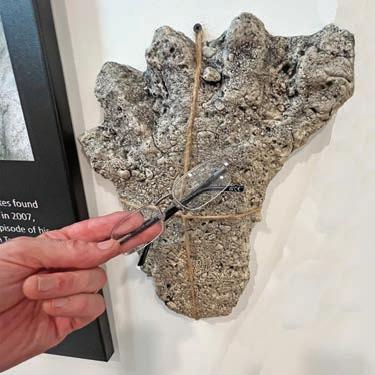
um-quality replica skulls of an Orangutan, a mountain gorilla, and a Gigantopithecus For me it was important that they had an original copy of Ivan T. Sanderson’s book Abominable Snowmen – Legend Come to Life – which stunned me as I held it Are there really tribes of Bigfoot in West Virginia? I could not answer that with any real accuracy – but you should know that West Virginia, with 78.5% of the state covered with trees, is the third most forested state in the Union, behind Maine and New Hampshire, and that is a lot of forest.
Sutton surely has a lot to find and there is a very neat and comfortable Inn just down the road called the Elk River Hotel & Café which will make your visit that much easier, regardless of what you come across on your ride.
O’Life Out!
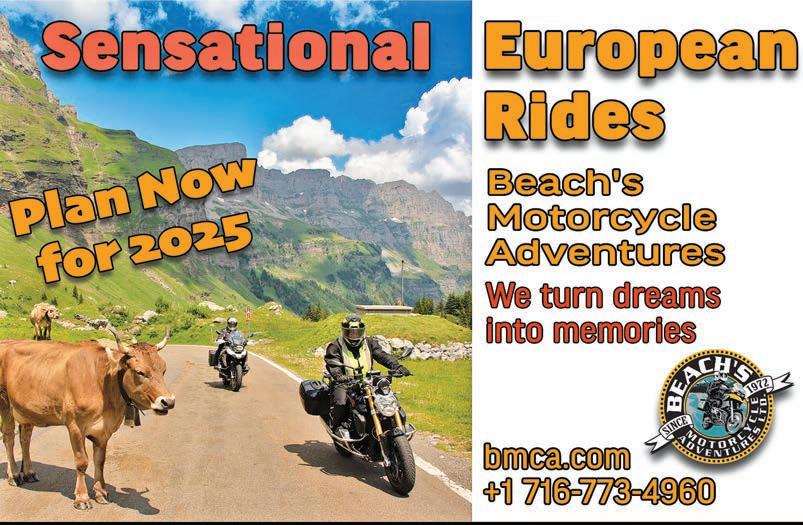
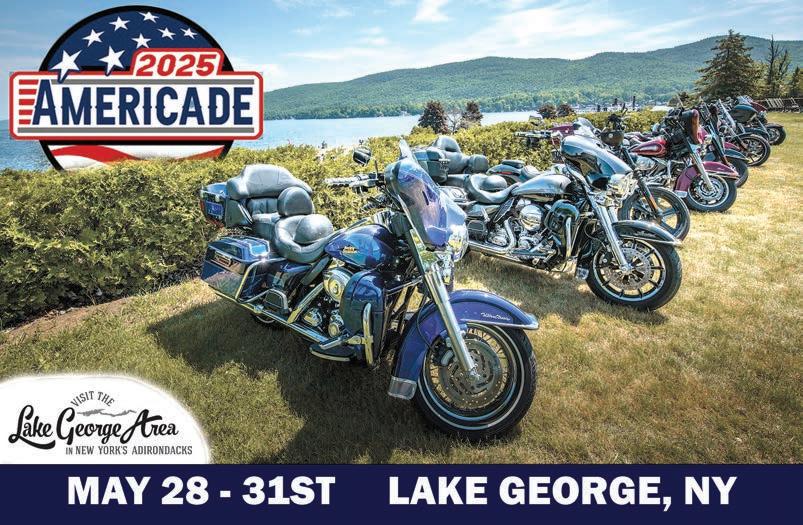
Today’s motorcycles are so amazingly advanced in every way from what most of us started with a half-century ago. Suspension, brakes, engine power management – I could go on…
However, the one thing that many OEMs do not seem to have gotten right is one of the most important components of your bike. I am talking about the seat.
It is rare that a manufacturer comes out with a new machine that has a happy seat; and when I say happy, I mean a seat that you hardly think about – if at all.
With most of our machines, I just want a seat that works and is comfortable all day. It is a function over form thing. Our Sargent saddles, which have replaced the OEM seats on the Honda 919 and BMW GS, came with both; and although sometimes a bit different from the stock look at times, they have always complimented the machines for which they were built. Most times I am not truly concerned with things remaining the same look-wise, as rideability and long-range comfort take precedence. But I do have one bike that was bought specifically for its looks. My Kawasaki Z900RS was purchased during a slight mid-life crisis, and the need to fill an empty space in the barn.
This 2019 Z900 looks just like my Z-1 from the ‘70s. I was smitten at first sight, and I have never really seen any point, other than adding a livery matching bikini fairing, to change its looks. With the Z900RS’
modern brakes, suspension, and electrics – it was like hanging with a “clone” of my first real girlfriend – but, although they looked almost exactly the same, this gal came with a college degree and a credit rating.
Still – there was the issue of the seat. Yes… The seat.
Although I was not a deep fan of the stock seat, it was not as bad as some I have ridden – yet – a new service from Sargent Seats, in Jacksonville, Florida, caught my and my butt’s attention.
They now can re-do your stock seat, and keep the look that the designer of the bike had in mind – a huge bonus for those who want a better ride and comfort, without changing the stock feel.



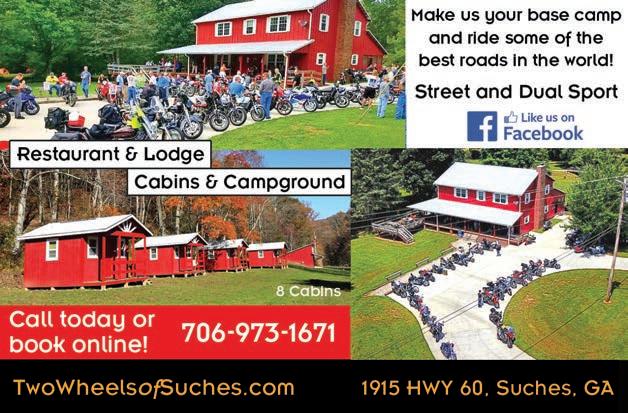
Unlike buying one of Sargent’s custom seats, which is built with their own seat pan (base), Sargent’s Custom Seat Service had me ship down the factory seat to Florida, and winter worked perfectly, as the Kawasaki would be seatless for a few weeks at least.
Arriving at Sargent, they would see exactly what Kawasaki had originally offered the customer, and then skillfully take it apart, and rebuild it with their own proprietary foam and technique.
They have been crafting motorcycle seats for decades, and Sargent brings this knowledge and expertise to this task…
First, as every stock seat is different, Sargent disassembles the seats, examines them for foam deficiencies, and repairs them as needed. The original foam is then steamed
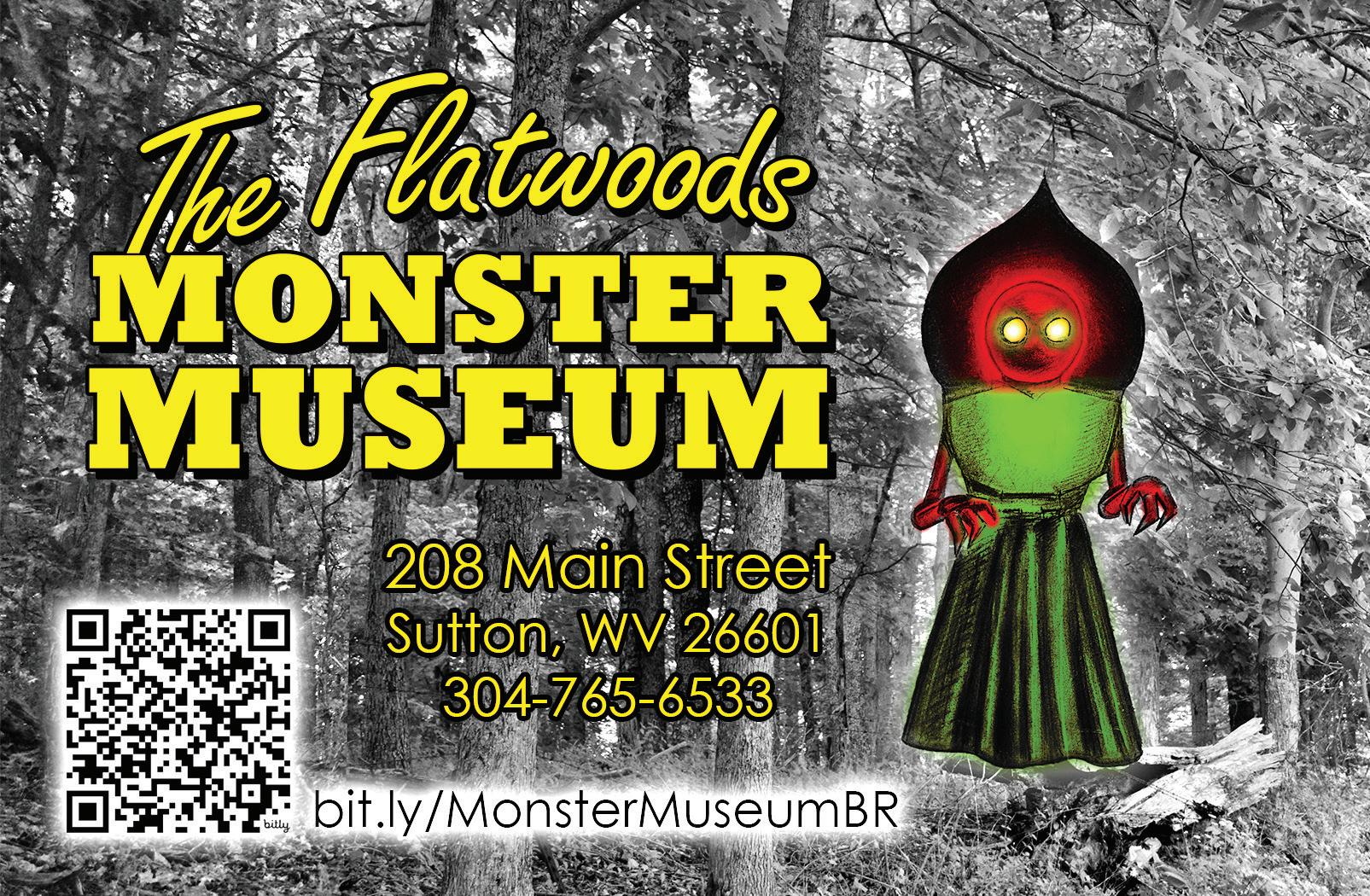
for expansion. Next, a fresh layer of low-density foam is bonded over the original foam, and a new moisture barrier is added. Metal pan seats have a new rubber EDGEGUARD installed if needed. A custom-made upholstery is then steam-fitted to your seat. On plastic-pan seats, the upholstery is secured with galvanized staples, and the original prongs or aluminum rivets are used on metal pan seats.
Looking to show a bit more of what they do, and how they do it, Mark Todd, President of Sargent Seats, was good enough to shoot some imagery of the rebuild and give us a step-bystep look at this particular seat’s rebuild process.
“The pictures simply show the seat at the post Super Cell Foam (tan foam) installation and re-shaping stage. The one image shows the Super Cell Foam (tan color) added and shaped, including the comfort channel. The second one shows the seat after the gray 1/8” foam top-coat of NBF (nylon-backed-foam) layer has been added to seal everything up in preparation for upholstery re-installation.
For this specific Z900RS, the hand-done re-shaping was a little
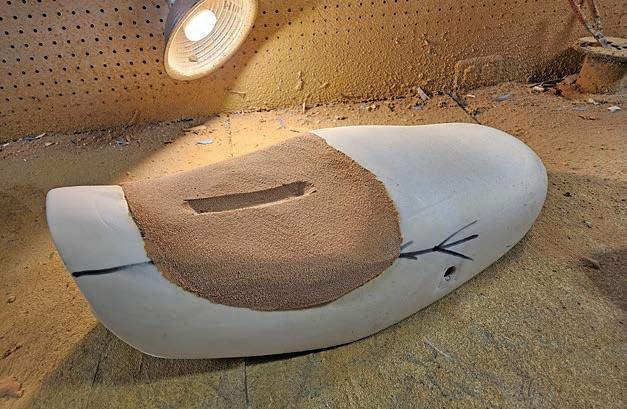
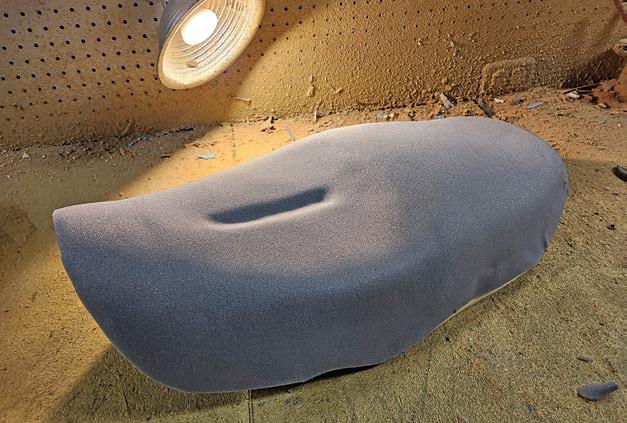
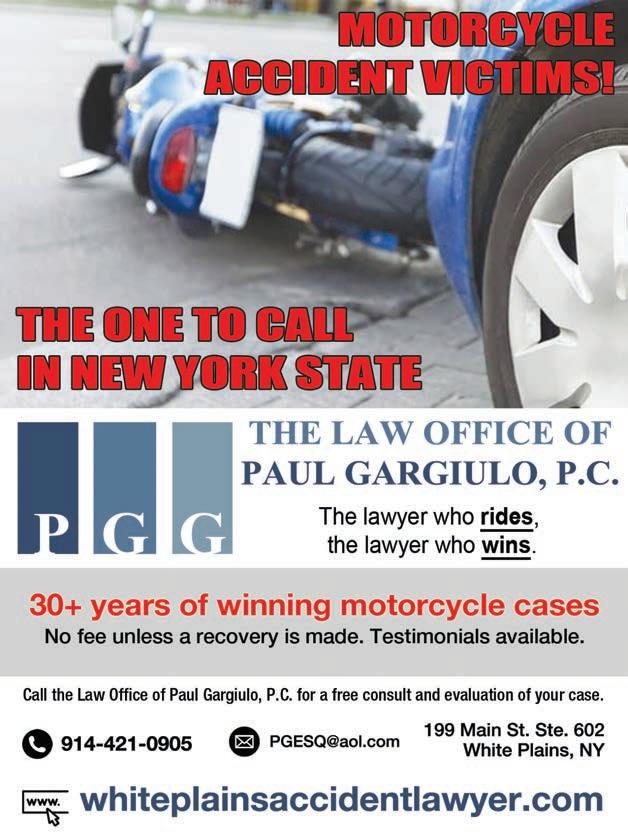
subtle but should be very effective, as we not only removed the crown in the foam but also added a slight side-to-side “dish” shape to remove central pressure and distribute pressure laterally and evenly over a larger area. Plus, we added the Sargent’s Central Pressure Relief Channel. We did this with just enough finesse to allow for the OEM upholstery to still be re-installed (as was the request in this case).”
When finished the seat looked exactly like it did before – but under the OEM upholstery, it was a completely different animal.
A few days later I could hear the Fed-Ex truck rolling up the icy driveway (February sucked), and the inability to go for a quick ride this day did not stop me from putting this seat right back on the Z900RS before the Fed-Ex truck had slid back out of our driveway.
Since the stock pan was used the fit was easy, and exactly as before. Even sitting in the cold barn, on an icy late afternoon, I felt the difference from the stock Kawasaki offering. Much firmer, a bit more spread out. Once Persephone decided to come back to visit, and on the road again, the rebuilt seat really showed its

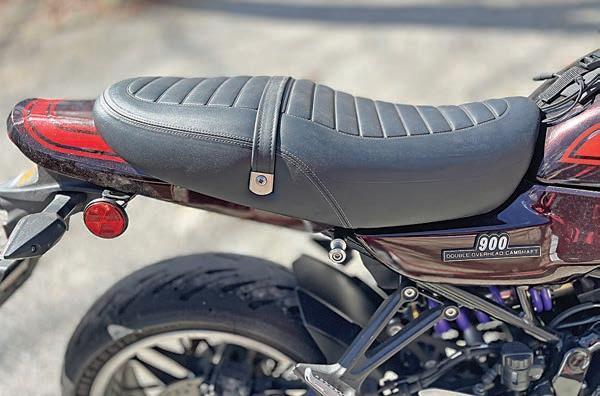


worth. The stock seat, which had me off the bike every few hours, had been transformed into a pillion I could easily begin forgetting about. The mark of a truly good motorcycle seat.
But truthfully, the re-done seat from Sargent Seats Custom Seat Service department was far better than anything I have ridden factory-wise, offering support where there was none before, with a firmness that seemed to be equally spread through the seat, with no “hot spots” or discomfort. My butt and I were more than happy with the way this winter project had turned out.
If you have a motorcycle that lacks gluttonous support, and you wish to remedy that issue but retain the look and style that came with your ride from the factory, then we highly recommend you take a look at what Sargent Seats has to offer.
If one of their custom seats does not catch your fancy, their Custom Seat Rebuild certainly will. Know that every seat will be different and so will the work needed to be done, as will pricing, so log onto www.sargentcycle.com for all your options. ,
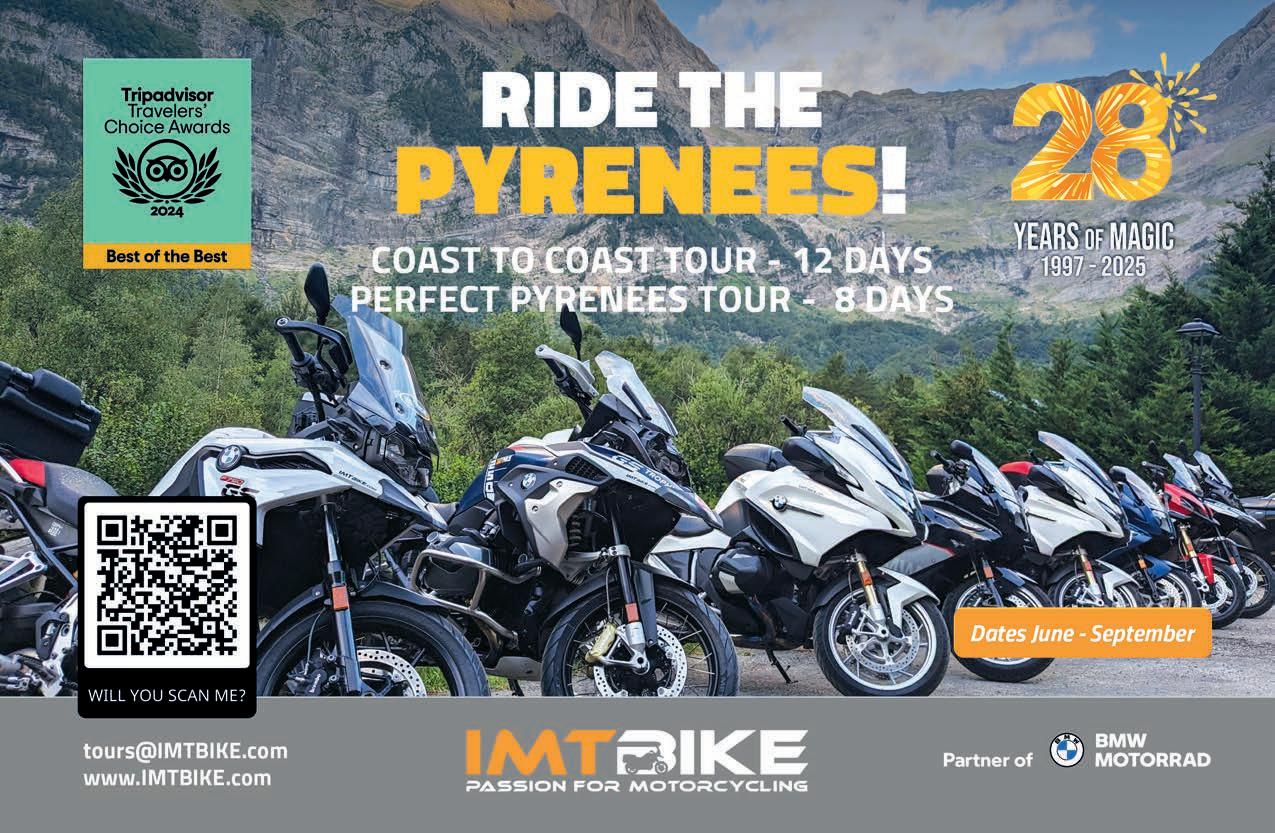
We have been talking a bit in Backroads about being aware of your surroundings – of Situational Awareness.
I was once following a rider who had to physically move his head to get a clear look in his mirrors.
When I asked why he didn’t simply adjust them, he stated it would break up the lines of his cruiser.
Really - and the car you run into will not? I like a view… lots of view.
A flick of the eyes should allow you to easily and completely check your mirrors. Having to actually bob your head around to see is unacceptable.
Doubletake Mirror has taken the original design of their mirrors, that have been around for more than a decade, and improved the entire system. These mirrors are super adjustable and utilize the stock mounting attachment that came with your bike.
Although available in both round and a 6-sided, almost coffin shape, we went for what we thought would be bigger. ‘Cause with the view, bigger is much better.
The adjustability of the Doubletake Mirrors is almost endless.
The newer design is even easier to use than the original, with a long asymmetrical arm with clamps that hold to a solid aluminum ball at both the handlebar mount and the mirror. These arms are available in both 3.5-inch and 6-inch versions. In the middle is a big knob that allows for all the adjustment, and can easily be handled with a gloved hand.
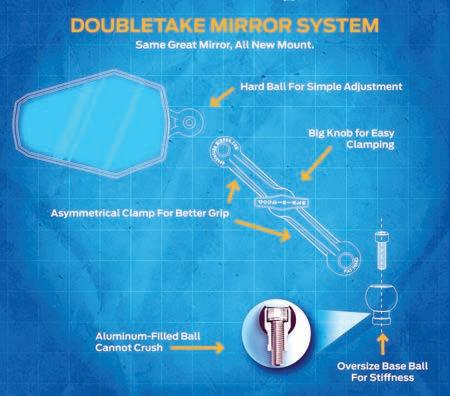
These mirrors were first designed for off-road, they even offer some Jeep kits as well; but for us, they excel with on-road riding.
Off-road, or dual-sporting, they can be adjusted for a great view while standing up on the pegs; and they are designed to take a hit, and fold away easily – unlike the OEM mirrors which will be bringing you seven bad years.
Once adjusted I have total faith in the Doubletake Mirrors. What I see, is what I got, 99% of the time – so ride accordingly. Once you try Doubletake Mirrors you will never look back at the stock glass – but you could if you wanted to.
Doubletake Mirrors can be found at their website, www.doubletakemirror.com, and generally run for $145 for both right and left mirrors, and come with a lifetime warranty. ,
Joining us for our Summer Solstice Rally?
Book your rooms TODAY before they’re GONE!
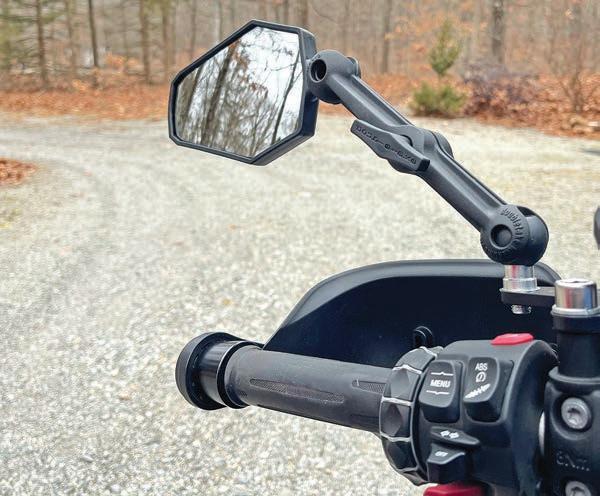
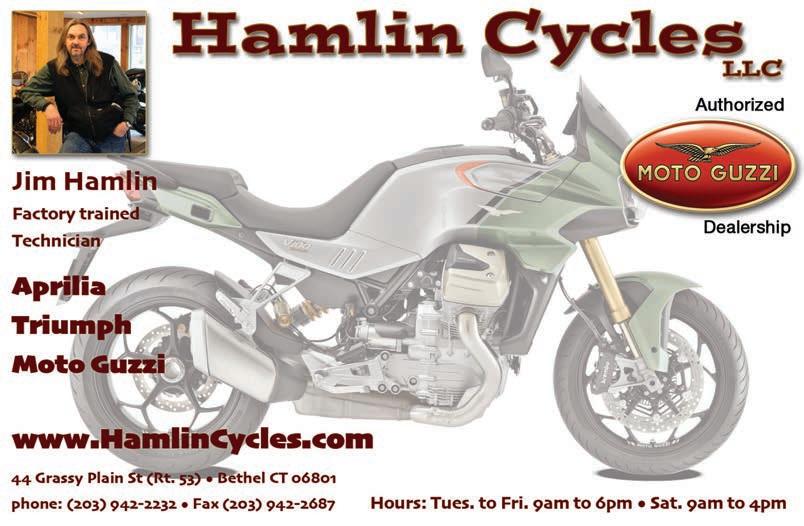
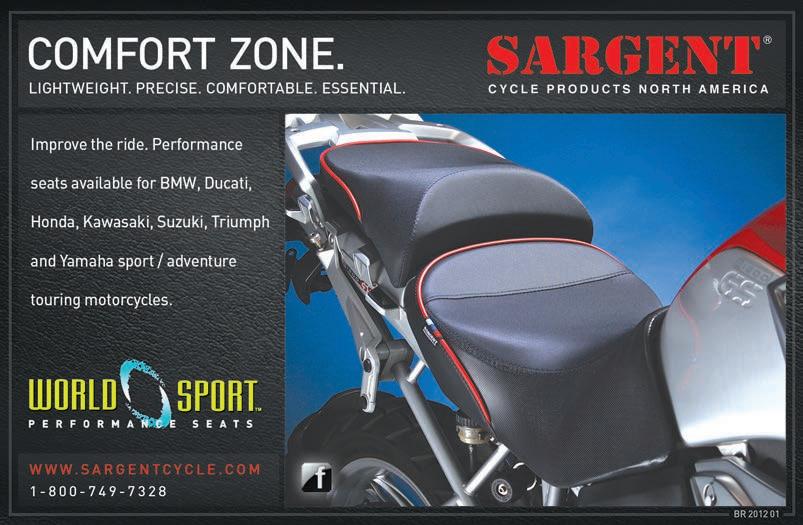
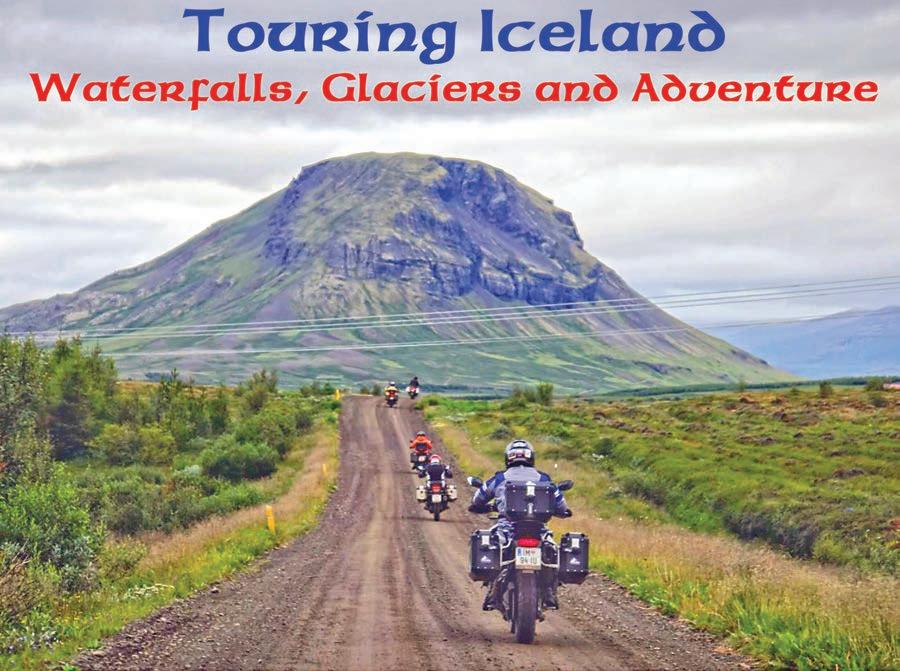
This past summer I undertook a nine day motorcycle tour of the entire Island of Iceland, under the tutelage of Edelweiss, the largest provider of guided motorcycle tours in the world. I have always been intrigued with exotic places off the beaten path, and Iceland seemed to fit that requirement to

a tee and then some. It did not disappoint. Our tour group consisted of nine intrepid souls, plus our two German tour guides, Alex and Thomas, both of whom have been guides with Edelweiss for many years. The “tourists” consisted of people from the U.S., Canada, Germany and Russia. By way of background, Iceland was originally settled by Vikings over 1,000 years ago. It lies just south of the Arctic Circle, meaning its way up there. That being so, you can run into some bitterly cold weather, even in late July/early August when I was there. Consequently, its population is small for such a large island, somewhere around 326,000, with two thirds of its inhabitants living in the vicinity of its capital city Reykjavik.
And that is where our journey began. The first day of riding was an easy one of 133 miles onto the peninsula Reykjanes where the famous Blue Lagoon is located, and into the town of Selfloss, where we had our first overnight stay. The light travel day was the perfect opportunity to get acquainted with our bikes and new surroundings. My bike was a 750cc BMW dual sport, which was ideal for both paved roads and dirt and gravel; of which I would soon encounter in spades.
Day two, at least for me, turned out to be a real challenge. We started the day by riding towards the hot water spouts Geysir and Strokkur, before heading north into the highlands for our first big gravel road encounter. Having little riding experience on dirt and gravel, I confess to being more
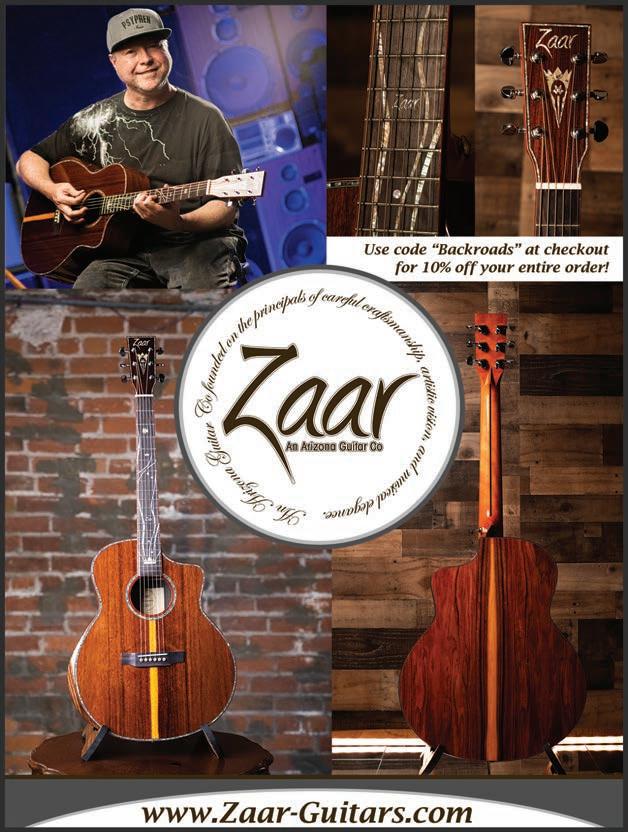
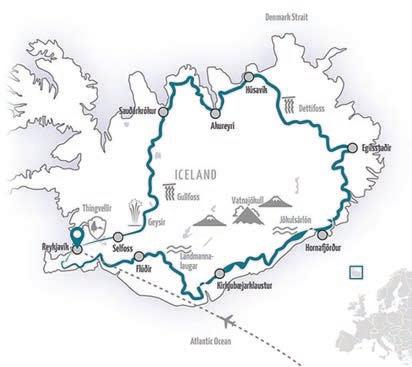


than a little scared during this leg of the tour, white knuckling it all the way. Yet somehow I made it without dropping the bike, which gave me a great sense of pride and accomplishment.
Our final destination for the day was Saudarkrokur (don’t ask me to pronounce it!) 180 miles from our starting point, and about 80% of it on dirt roads, often soaked with deep puddles. Fortunately, my Harley branded gear was up to the task and I stayed pretty dry.
After a hard day of riding on dirt and gravel the day before, I welcomed the next day of relatively easy riding on good pavement to our final destination of Akureyri, only 112 miles from Saudarkrokur and the second largest and most beautiful town in Iceland. On the way to Akureyri we had lunch at Siglufjordur, a little fishing village which was Iceland’s herring capital in the 1940s and 50s. The Herring Era Museum chronicled this heyday for the town by showing films of how physically demanding it was to work in this industry.
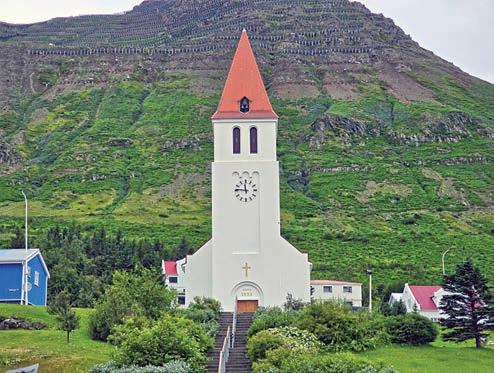
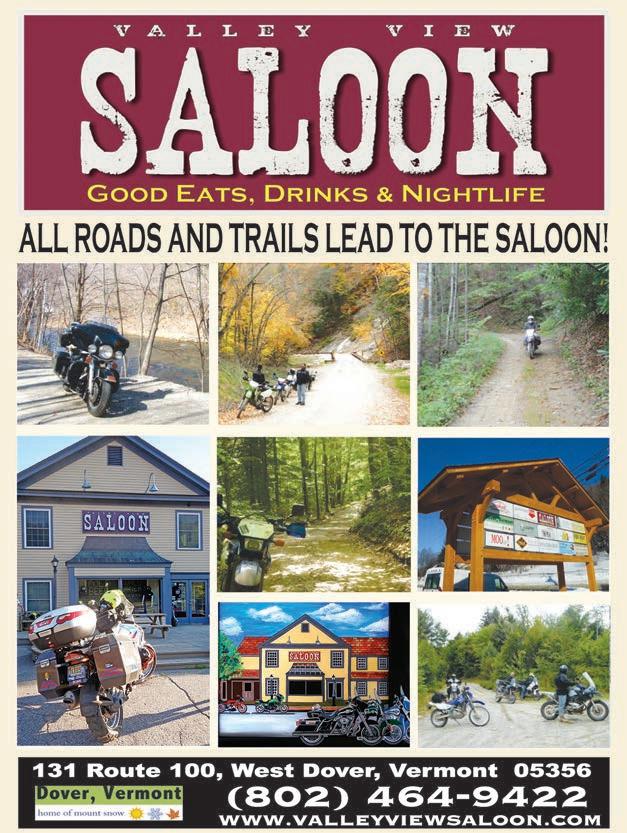
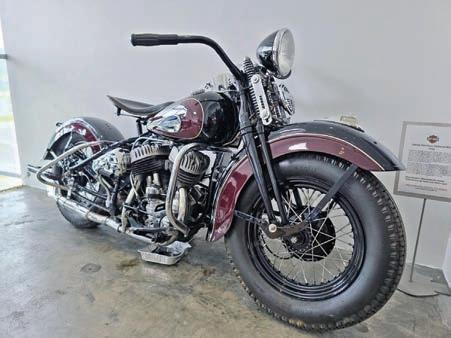
Since we arrived in mid-afternoon in Akureyri, we had time to do some sightseeing, and most of us did so by visiting a rather impressive motorcycle museum which displayed many vintage bikes; something I would not have expected in Iceland.
Day four was a relatively short ride of 98 miles to Husavik, the northernmost overnight stop on our tour. Along the way, we visited two great natural sights, the Godafoss waterfall and Lake Myvatin located on a very active volcano belt with visually striking lava castles in it. For me, the most exciting part of our visit to Husavik was the whale watching. We went on the water in boats designed for it, and had the opportunity to see many humpback whales diving up and out of the water as they fed on plankton; sometimes only a few yards from our boat.

The next day was a little more demanding; 164 miles to Egilsstadir, the

easternmost point on our tour. On the way we rode around the Asbyrgi Canyon, a breathtaking natural formation which is about 3.5 kilometers long and 1.1 kilometers wide. Later that day we come across Dettifoss, the biggest waterfall in Iceland, and Europe’s most powerful.

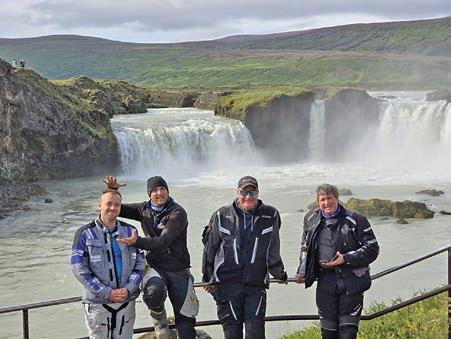
Dettifoss is fed by the glacial river Jokulsa a Fjollum, which flows out of Europe’s largest glacier, Vatnajokull. It is 100 meters wide and plunges 45 meters into the Jokulsargljufur Gorge. In fact, the most striking things to see in Iceland are its waterfalls, which seem to exist almost everywhere.
The next leg on our journey was to ride 191 miles to Hornafjordur. Our first stop this day was the Snaefellstoda Visitor Center. There we learned more about Mount Sanefell, which at 1,833 meters is the highest mountain in Iceland not covered by a glacier. As we continued heading south, we rose in elevation and dealt with near freezing temperatures, the thickest fog I have

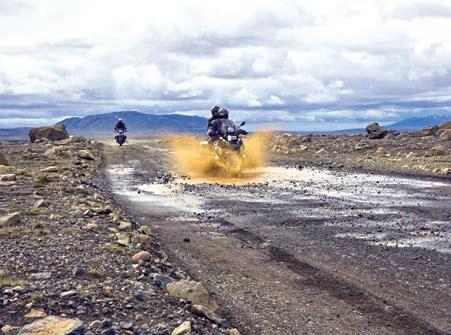
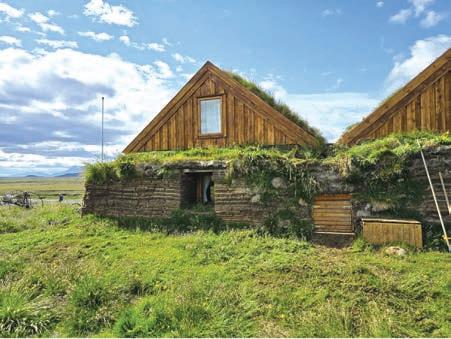
ever experienced in my life, and all on a very wet and slippery dirt road. When we finally got out of that morass, we continued along the winding coast towards the Vatnajokull glacier, the largest one in Iceland and Europe, which covers 8% of Iceland’s land mass. It covers an area of about 3,400 square miles and is up to 3,000 feet deep in places. Yet I am told that within 75 years it will be completely melted and gone. I kind of have my doubts.
On day seven of the tour, the good luck that we enjoyed with cool temperatures and no rain, finally gave way, at least for a day. Our trek would take us 129 miles to the southernmost part of the trip, the town of Kirkjubaejarklaustur. Try saying that real fast three times. Early into the day we took an amphibious craft tour of the Jokulsarlon,
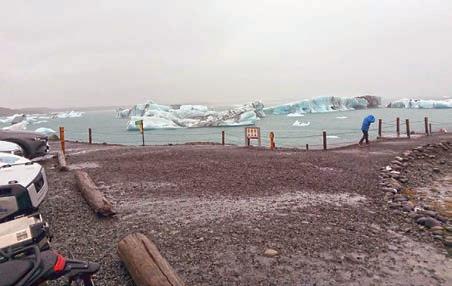
a seven square mile glacier river lagoon where a vast number of icebergs break off and flow down to the sea from a frozen river. The only problem was the weather. It was freezing cold, with a very strong wind, and rain that felt like needles on any exposed skin. In fact, I had every bit of rain and protective gear on me, but my rain gear was not up to the task, and rain water got into my phone, requiring me to replace it once I got home.
Thank God I didn’t lose my data.
Bottom line was that the weather was so uncomfortable that I barely was able to lift my face long enough into the wind to even look at the gorgeous icebergs that floated only a few feet away from us. It got so bone chillingly cold that I thought I was going to get hypothermia. When our boat tour was over, I ran to the shelter of an adjoining lodge where it took me a full half hour to stop shaking.
After that little adventure we headed up to an area with steep cliffs along the ocean with black volcanic sand beaches, and which is the nesting area for Iceland’s Puffins; a unique and hardy bird most commonly found in Iceland. And while the rain had stopped, the wind along those cliffs were so strong that it was almost impossible to stand. Sure enough, once we left the cliffs and rode down to sea level, I proceeded to park my bike on some loose gravel, when a powerful gust of wind literally knocked me down and caused me to break off a piece of the front brake lever. Thus my goal to make it through the tour without once dropping my bike were dashed. Oh well.

The next day was a 134 mile trek due west to Fludir; the second big offroad day – full of challenging gravel roads and about 20 river crossings. However, given what happened to me the day before, I devised a way to avoid those “challenges” and left them to the more experienced riders in my group. And while they were fording rivers I had time to go off on my own from the base of our hotel, where I was able to get up to 175 kilometers on beautifully smooth, paved roads.
Upon leaving Fludir it was 159 miles to our final destination, Reykjavik, and for my money the most enjoyable riding day of the tour. That is because the road consisted of long sweepers, where you could see where you were
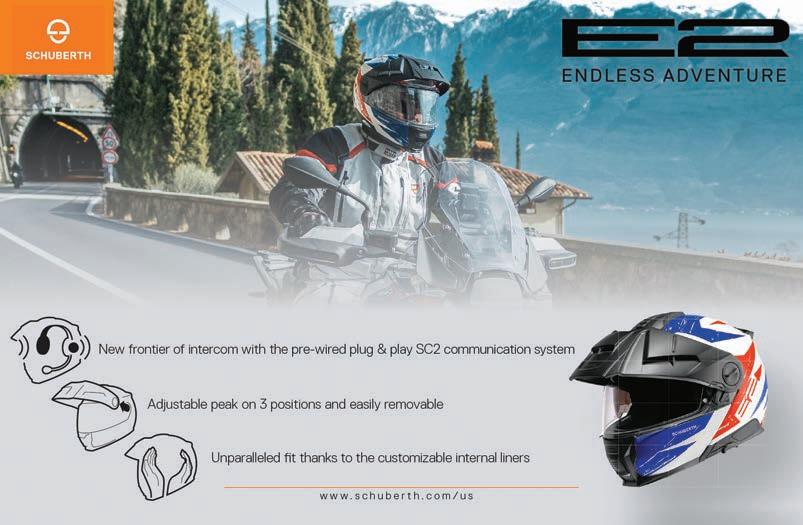
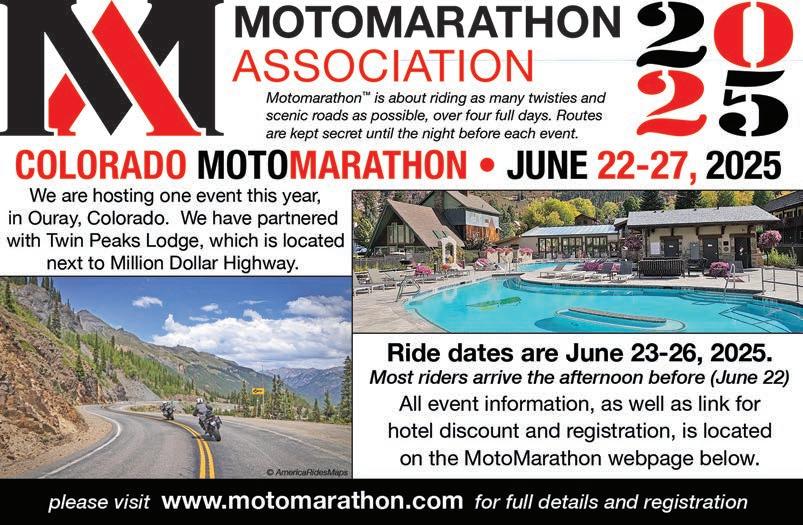
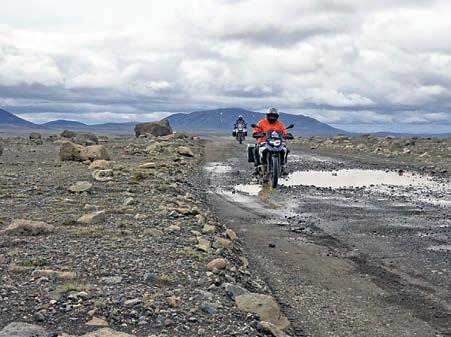
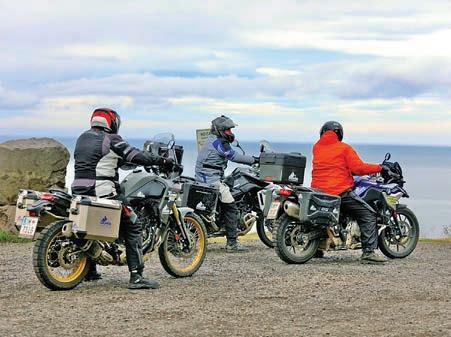
going far into the distance because there are hardly any trees in Iceland to block your view. In that way I could navigate the line I wanted to take well in advance, which enabled me to corner harder and faster. This is in pleasant contrast to my native Georgia, where the best riding is in the North Georgia mountains, but where your views are limited due to the thick carpet of trees all along your route.
But at long last, after Day 9 of the tour, all good things must come to an end eventually. We celebrated with the group having a farewell dinner at an excellent restaurant just a couple of blocks from our hotel.
And speaking of accommodations and meals, they were for the most part excellent. Breakfast and dinner are included in the tour package, whereas for lunch you are generally on your own. Yet that is a standard industry practice. The same arrangement applied with IMT Tours, the one other company with which I have taken a tour.
In addition, our tour guides were excellent. They really know how to do what is expected of them, and which sometimes requires them to take on such tasks as changing a tire in less than half an hour in the middle of a tour. And for me, I always welcomed their offer to park my bike when we got to a place to stop; something which I clearly did not enjoy doing.
And I especially enjoyed the friendly banter I had with one of the tour guides, Thomas, over my Harley gear. Harley is clearly not a brand that he is overly fond of, and took every opportunity to make a lighthearted dig. So I was happy to report to Thomas that on the day I got soaked, it was my Harley branded boots, pants and gloves that stayed dry, with the rain getting through my non-Harley, supposedly waterproof jacket.
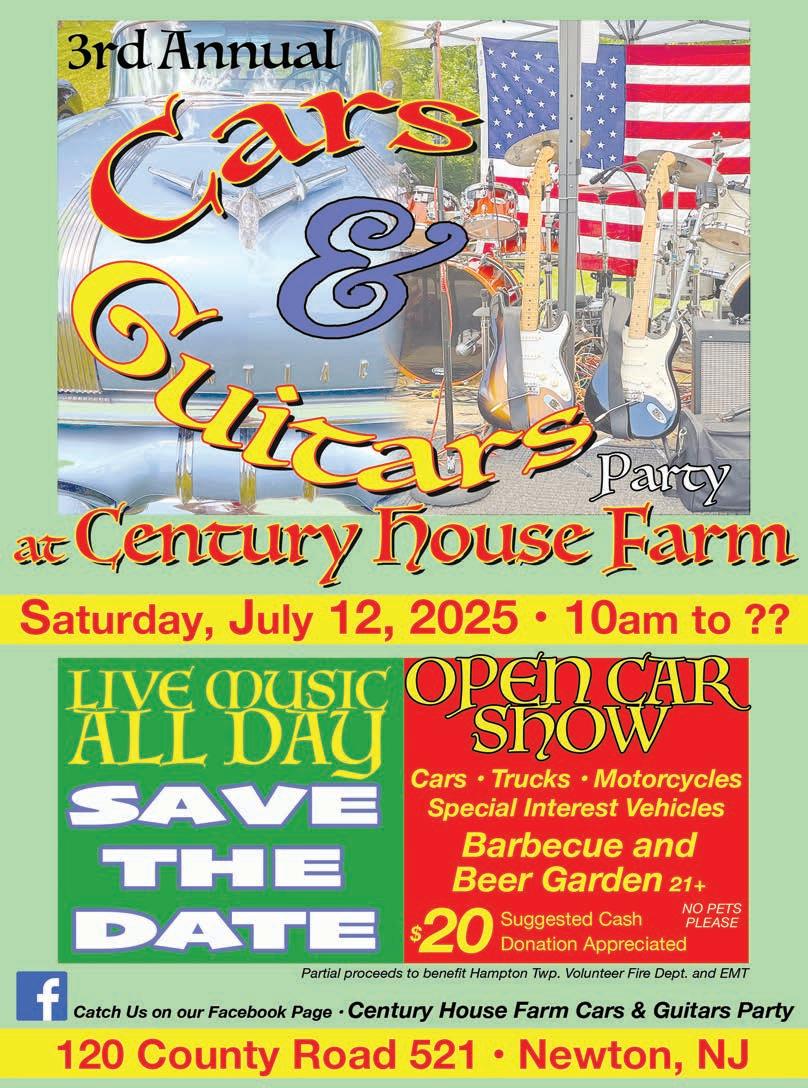
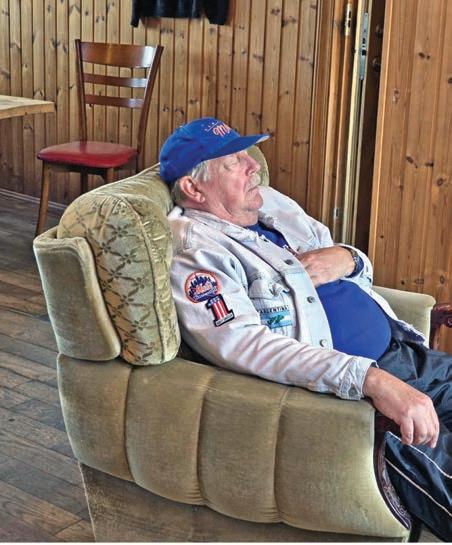
Which brings me to my final point. I notice that European riding culture puts a high premium on wearing really good protective gear, even on the hottest days, whereas in the U.S. that is generally not the case. It is not unusual for an American rider to ride with shorts, a t-shirt, flip flops, and no helmet if not required by the state. I noticed that as soon as I got back to the states and had to endure the heat and humidity of hotlanta in the summer, I started to revert to my old habits, until I decided that if it was too hot and humid to comfortably ride with good protective gear in the summer, then I’d just forego riding at those times and keep my bikes on a tender. Sorry for sounding preachy gentle reader, but this point is a takeaway from my time touring in Europe. Riding is dangerous enough without compounding the risks with inadequate protection.
You can find more information on Edelweiss Bike Tours here: www.edelweissbike.com ,
Lance Lamberton is a retired public relations professional who lives in the Atlanta area and has been riding motorcycles since 1968.
90 days. 90 Short, cold and dark days. That is what we get from the winter. Depending on groundhogs, Farmer’s Almanac, and other factors.
Lucky for some of us in the Backroads Central region there is a great event that kind of ushers in the new year, or at least reminds us all that we are riders, and how long we have been riding – the Potomac Vintage Riders York Swap Meet, in York, Pennsylvania.
This one-day event has been going on for years, and it has become a ritual that we meet our friends from Maryland, led by columnist Mark Byers, each January at the York Fairgrounds.
This is a vintage event, with so many parts, memorabilia, and motorcycles here to find new homes with a bit of back and forth taking place during the dealings.
I had to be reminded that nothing is set in stone when Mark got five fuel petcocks for the price of three – ‘cause he asked with a smile and nod. Right! Pay attention, Brian. Get your head in the game!

It reminded me of the Medina in Fez – in the way business is carried on, prices bartered, and deals made. “I’ll give you $20 dollars for those Vessel Screwdrivers for which you are asking $35.” “Ahh, my friend, you try to buy a camel for the price of a goat.”
No dice.
I had better luck – well Shira did - when she deftly slid into my negotiations and got her price of $80 cash for a huge steel Kawasaki sign – that was marked at $125.
Mmmm. C’mon, dude.

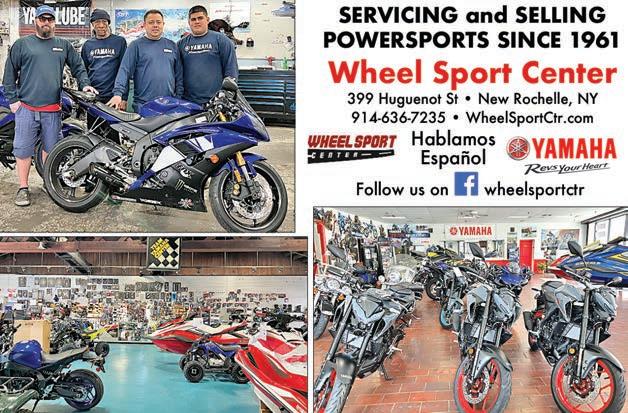

I went back to the screwdriver guy only to find he had sold the only set of vintage Vessel Screwdrivers on the planet to some vintage babe in vintage Jordache jeans for $20 bucks, just minutes before. Jeesh!
In the meantime, Dangerous Dan was buying and selling motorcycles, that he, with is innate talents in restoration, would turn into really nice rides and then sell at a really nicer price.
Betcha he would have gotten the Vessel Screwdrivers… even without the Jordache jeans.
The Swap meet opens its doors at 8 am, and by 8:30 the place was packed; so if you are coming with business in mind, be aware of that – as the cream goes quickly here.
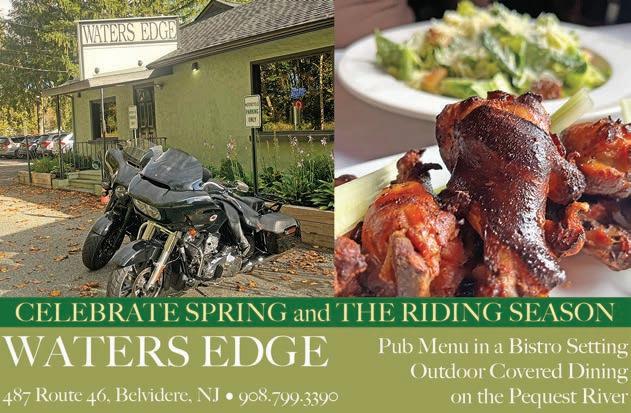
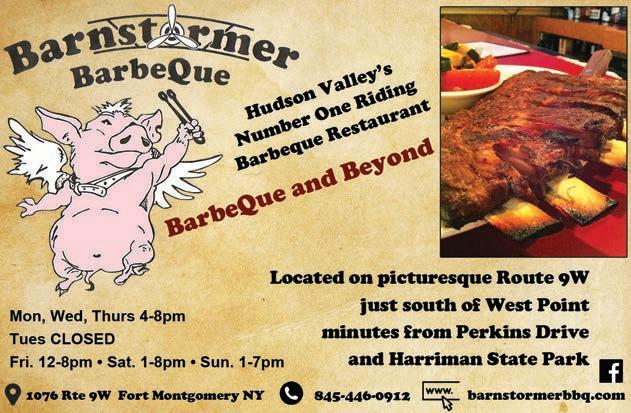
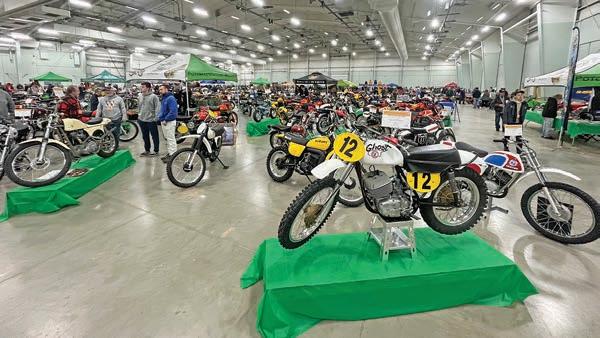

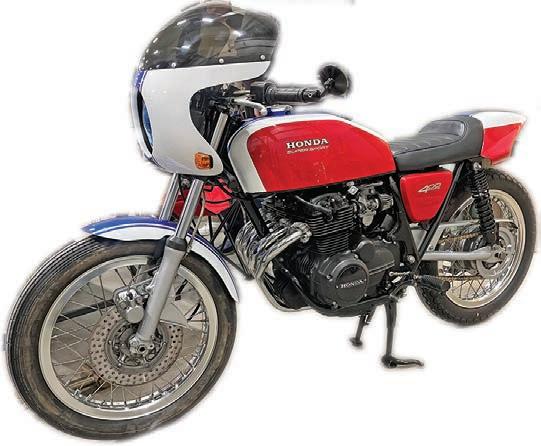
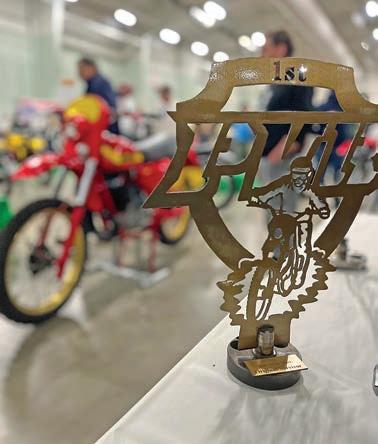
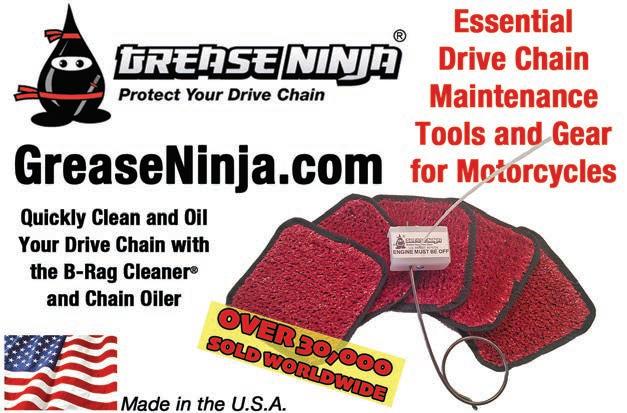

We saw our friends from the Vintage Japanese Motorcycle Club, Trail Rider magazine, and dozens more. We were especially happy to run into our long-time friend, Joe Salluzzo, the Rider magazine riding during the last few decades. We can just about call him our sales mentor, well me, anyway. Their Vintage Motorcycle Show is one of the best you will see, with the bikes, not only stunning, but varied in marque, style and pedigree. You will really never know what you will find here. With the sign making it into the Durango like it was a custom fit, we drove away from York that day with more than some tools and a few more Hot Wheels cars.
If you love older machines, and are looking for a great Sunday diversion during the beginnings of next winter, than keep an eye out for the date of the next Potomac Vintage Riders Swap Meet, at the York Fairgrounds (usually the second Sunday in January. It’s a great deal to be had! ,


There were 180 club members and guests who rallied together in Flatwoods WV to celebrate the 35th anniversary of COG during the week of August 12–16 and to enjoy riding the excellent ribbons of asphalt in The Mountain State. The event was a success and ran surprisingly smoothly. Great weather and a wonderful venue, the Days Inn Flatwoods, greeted rally attendees, placing them in the middle of some of the best motorcycling in the northeast. There was a little something for everyone at this rally!
The rally team created eight loop tours in different directions. Each morning there was a live route discussion to provide a place for riders to connect with riding partners and ask questions of rally team members familiar with the region.
There were weekday non-riding activities too. There were organized, hands-on tech sessions and GPS instruction with topics including suspen-
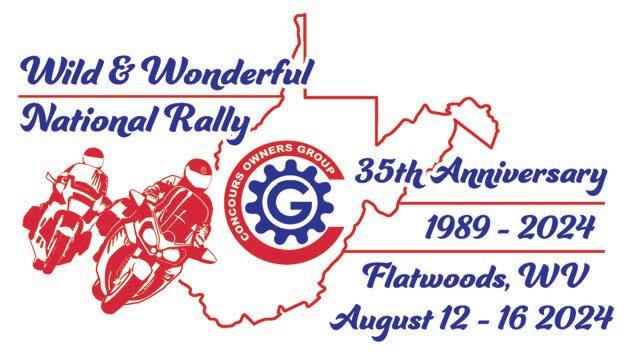

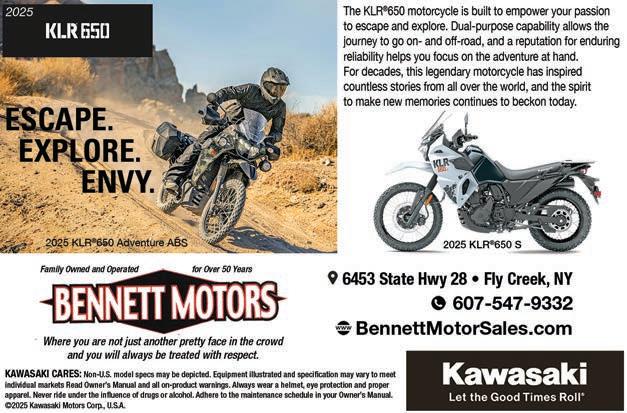

sion adjustment using Slacker Motool; how to plug a tire; replacement TPMS using Autel sensors; common maintenance items, and Garmin GPS/ Basecamp basics.
A club member who is a current basic riding instructor and former California Superbike School instructor provided an unofficial abbreviated on-cycle motorcycle skills practice workshop in the large hotel parking lot Tuesday and Thursday mornings. Also was a Bike Show for participants to show off their machines where the public voted, and winners received certificates.

The grand finale banquet included, besides a delicious dinner, presentation of the donation to the Braxton County EMS squad of a 65” Smart TV and the proceeds of the 50/50 raffle totaling $1285.
Additionally, a very interesting presentation by Kirsten Talken-Spaulding (IBA #404) who spoke


Page 38
about her long-distance riding, the Iron Butt Rally, and information for motorcyclist best use of public lands, including National Park services. You can read Kirstens’s blog here: ktsridin.blogspot.com Heck, even Backroads Magazine Brian Rathjen was in attendance for the banquet - COG #1925 back in the late 90’s before he became renowned. The banquet ended with the anticipated announcement everyone was hanging on with bated breath… the location of the 2025 National Rally. Wait no longer… our 2025 event will be June 16-20, 2025, in Bernalillo, New Mexico.
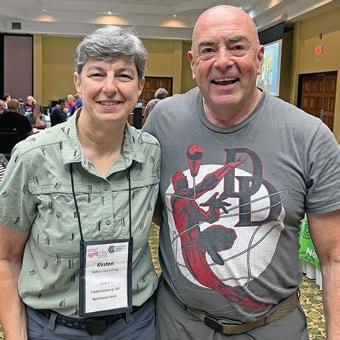
The rally headquarters, located in northern New Mexico, boasts the Southern End of the majestic Rocky Mountains. The rally region has very low humidity with warm sunny days in the low 80’s in mid-June, with cooler temps as you ride into mountain elevations. Along with all the sweeps and curves of amazing roads,
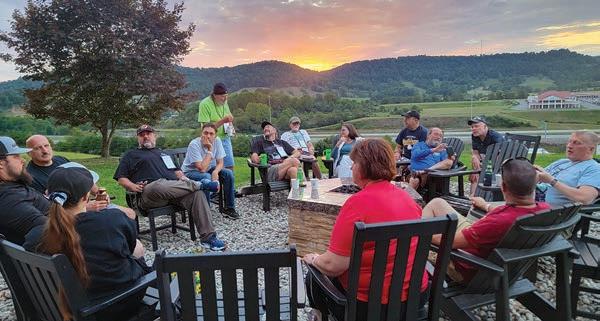
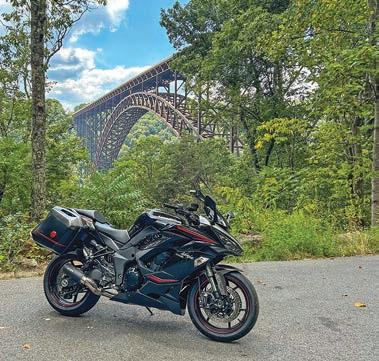
New Mexico is packed with fun, historical and cultural activities, and attractions. Visit the club website often for more expanding information: concours.org/national/2025-Rally Founded in the Spring of 1989, the COG was originally formed to serve the interests of Kawasaki Concours and Kawasaki GTR enthusiasts, riders,and friends worldwide. The club has evolved to become a premier multi-brand sport-touring club that organizes and hosts social activities and riding events across North America. Member benefits include a full-color magazine and a member directory that assists connecting members. Visit the club website for complete information and new member registration: www.concours.org ~ Steve Smith

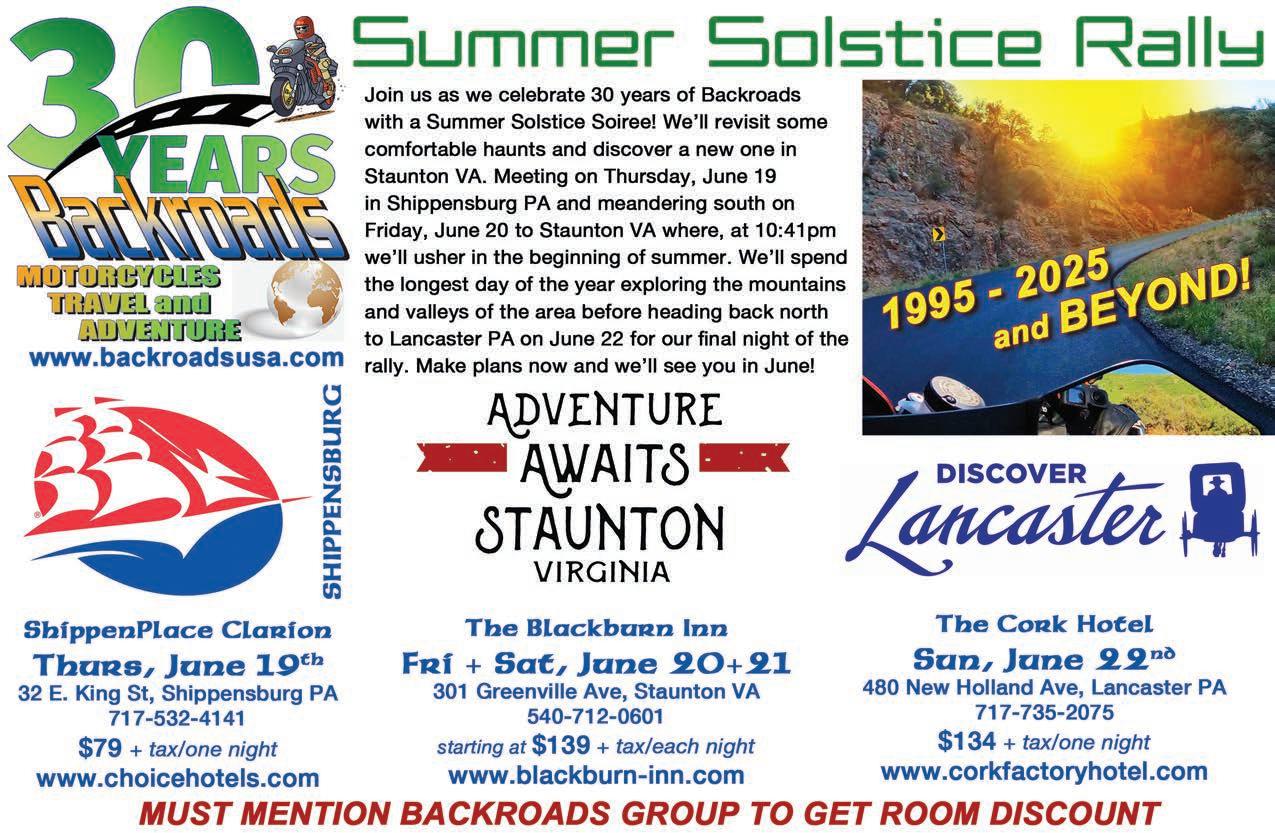
They say the miniskirt is coming back in style
I am an old-fashioned paper guy, but like most riders and readers, I look to the web all the time.
But push comes to shove, I prefer to have an actual magazine in my hands. Backroads has been around for 30 years, and though there are still a few printed motorcycle publications on planet Earth, there is not one that has been privately owned, operated and nurtured by the same people for so long. So, congratulations to Shira and Brian for this, and for putting up with all our malarkey for so long.
When they first started this back in the mid-90s there were lots of motorcycle publications to be had. Some regional, some more national in scope. Backroads has always considered itself to be a regional two-wheel magazine, with a national scope.
The thought was always about discovering great new places and sharing them with you on a monthly basis.
But what exactly is Backroads?
Backroads’ good friend and riding mentor Reg Pridmore once asked, “Hey Mate, is Backroads a motorcycle publication that wants to be a travel/history magazine, or is it a travel/history book that wants to be a motorcycle rag?”
The answer was quick and easy. Yes.
Years back there was C.C. MotoMag, Free2Wheel, and other more regionally based reads – the bigger nationals Cycle, Cycle World, RIDER and Motorcyclist, among others - could be found at any newsstand.
Motorcycle Consumer News (headed by the wonderful Fred Rau) was available by subscription only and carried no advertising.
At one point most of these were privately owned and staffed, but as the heady times of the turn of the century rolled though, many of these publications were bought up by deep pocketed investors who, when things went south in 2008, looked at the ledger and jumped off.
Paper-wise they are all gone. The advent of the internet supposedly made the idea of not printing on paper, and going strictly digital, a good thing.
Magazines like Cycle, Cycle World and Motorcyclist, although still around, and being created by some of the best and brightest talent in the industry, can only be found on the web. Which is some non-descript mega-building somewhere in a desert in Utah or Area 51.
Many of the people who were the heartbeat of the manufacturers, and who worked hand in hand with the motorcycle media, have moved on and taken well deserved retirement. Sadly, many a time, those who replaced these Press Mavens only knew what they saw on their phones, and the magazines that are left are akin to a Princess telephone, or an 8-track.
But there are still actual printed motorcycle magazines of worth, and I’d like to point some out to you kids – if’n my drivel becomes more dravel.
This is a BMW MOA Club magazine that is at the top of the mark content and quality-wise. All things BMW motorcycle, it comes each month with a yearly club membership.
When we started Backroads we always thought we’d like to be like RIDER, but on a more local and accessible format. Thankfully still in print, RIDER comes through each month with great travel destinations, products

and two-wheel safety articles.
This magazine also lives in the rarified air of total excellence. Like Backroads and RIDER, RoadRunnner gives readers superb riding destinations, with some of the highest quality product features and stellar imagery in the industry.
Rough and ready – just like its outstanding cover stock – ADVMoto is adventurer riders best magazine by far. Dual sport riding tips, great product reviews, out of the way and off the grid ride suggestion and so much more. This gets read cover to cover each month when it arrives.
This bi-monthly magazine is dedicated to classic motorcycles and the history of the sport. Their motto: Ride ‘Em, Don’t Hide ‘Em!
Amen, brothers and sisters. Full of restoration projects, detailed information, and know-how – and some stellar machines – this magazine gets picked up again and again.
If you love great imagery of older and classic motorcycles then Motorcycle Classics is like Oui magazine for codgers. I am a codger so I can say that.
There are a few other real motorcycle magazines out there, but these were the ones sitting in my private office. As a friend of a publisher, I will tell you that the highest compliment they can get is finding the magazine in the restroom.
If you do not get these magazines, look them up – each one is worth the subscription price. Like the mini-skirt – paper is coming back in style!
~
Michael Delaney

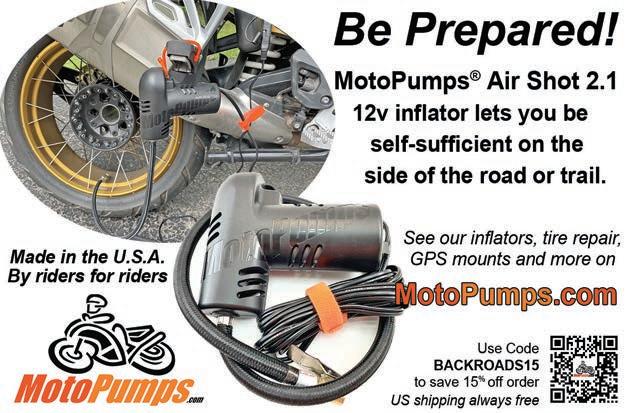

The Law Office of Paul Gargiulo, P.C. presents
conTrol, finish… anD noT DroppingiT
Everything counts. That is a rule I learned long ago – back when I cajoled my mother into driving out to Flushing and the only Modells in the city at the time and bringing home a 110-pound barbell set. Some sort of cement’ish material coated in gold plastic – these weights and dumbbells traveled around with me for a decade or so until I realized an actual gym was an actual idea. Hey, you are what you lift.
Both Shira and I are still gym rats of sorts - and most weekdays, when we are home, you will find us at R &T’s Gym each morning… training for Mister and Miss We’re Still Here!
There is an etiquette of sorts in every gym. Most of it is really common sense and politeness, but sometimes that does not really come into play.
I watch the different men and women in our gym. Some you can tell have been at it for years, or maybe coming back just to stay on the positive side of life’s ledger. Some are absolutely clueless about what they are doing. Many have taken to wearing headsets and earbuds while training. I get that - music can keep you pumping; but it also can keep you unaware of the others around you. There are a few younger guys, early 20s, who routinely powerlift more than they should, and while doing so… lack finesse, control and finish off each set with a dropping of the weights onto safety bars or the lightly padded floor – LOUDLY!
Shira is particularly vulnerable to these sudden, unexpected, and high-decibel crashes, and I have seen her walk away from her routine, rather than endure this lack of control.
Others I see go through exercises with wildly body-swinging motions and then letting the weight pull itself down. They are wasting half their time here. We all know what comes up must come down – but done in a controlled and deliberate manner you can get twice the benefit and more.
So, like I said – everything counts – in life for sure, but let’s stick with working out and riding motorcycles.
You knew I would find some obscure sorcery to run this into riding, right? When approaching an exercise machine – let us say a Pulldown - it is habit for me to think about what I am about to do. The position of the machine and
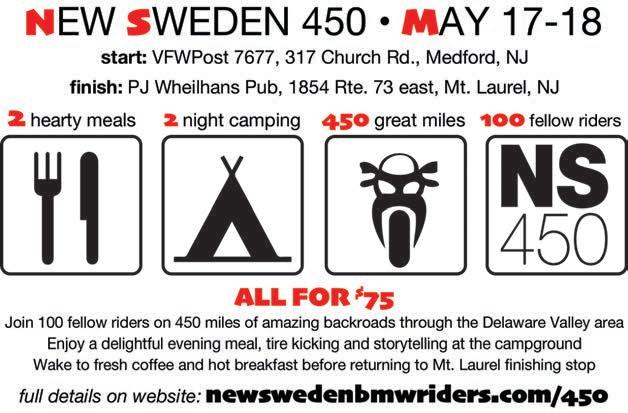

seat are set, the width of the bar, depending on what was done last time on the same machine, and then the right weight I’ll be using, or starting at. But the most important thought running through my mind is how exactly will these next reps go. Each pull back on the bar, bringing it to the chest, and the slight pause, before slowly reversing the motion and the fight with gravity on the way back up. No quick, herky-jerky pull-down followed by letting the bar bring itself back to the start, which I see time and again.
Control. Finish. And, certainly never dropping it.
We should try to do the same thing when riding.
Many times, when riding with a group, I end up at Point. That’s okay, although I am aware that some behind me wish I’d dial it up a bit.
Others feel the opposite.
I prefer being up front, or in the back. Either or, I am setting my own pace, even if I see a group of Go-Fasters dwindling away in the distance. That is okay, as I have a plan, and it does not involve getting caught up, or finding myself suddenly not going through the motions of every road, each turn, and the general situation.
Like exercise, being methodical and running a plan through, or even a close scenario, will give you twice the result and pleasure. From the moment you roll out of your garage to the second you roll back in.
Everything counts. Yes… it does.
Control. Finish. And, certainly never dropping it. ,
